Vikings Special Teams Coordinator Matt Daniels has a bold prediction.
Daniels said Wednesday during a visit with media members at Vikings practice headquarters that he believes "within the first three weeks, I think that this play is going to win and lose a lot of teams games."
What play is Daniels referencing? The NFL's Dynamic Kickoff, making its debut in the 2024 preseason and continuing in the regular season.
What on planet football is a Dynamic Kickoff? It's a modification to the former play that intends to increase player safety by reducing the number of high-speed collisions while making returns relevant, again.
"I'm all for innovation and creativity," Daniels said. "That's kind of what the game needs.
"Not to say that the old kickoff felt a little staunch, but it's good we're looking to try to introduce a new kickoff rule where we increase the number of plays from a special teams standpoint [and] decrease the amount of concussions that take place," he explained, sincerely appreciative of the rule adoption.
Daniels played from 2012 until the 2016 offseason in the NFL. He experienced injuries – including season-enders, too – and prided himself on playing fearlessly in the defensive backfield and on special teams.
But the league is also continuing to evaluate ways to make a fast, high-contact sport safer. Methods have included the introduction of Guardian NXT Caps, a soft-shell layer worn on top of helmets and continuing to modify rules.
"It's not a good look from a swag standpoint, but it protects players and I'm appreciative of that," Daniels said. "Obviously, with it being the most popular sport in the world, you want to find ways to keep players healthy. … There are guys that come to us with concern of 'How can we make the game safer?' "
That's definitely the objective with the Dynamic Kickoff. Funky? Yes. Funky fresh.
Daniels admits it's going to take some getting used to by fans. By players and coaches, too. But they're embracing it.
"This league does a great job of adapting and picking up schematics and truly what's going on. That's really what makes us elite. … It's a challenge, but all of us should really embrace a challenge because that's a part of our growth," said Daniels, saying players love the potential for creative strategies.
Time to huddle up and dive into the details of the Dynamic Kickoff.
The format, voted on by NFL Owners in March at the Annual League Meeting, which passed with a 29-3 count (24 approving votes were needed to enact the change; only the Packers, Raiders and 49ers were dissenters), directly impacts all free kicks, which includes kickoffs to start halves and those that follow field goals and touchdowns, as well as on a place kick after surrendering a safety, if a team so chooses.
Here's what is carrying over from the old rules:
A player will kick the ball off from his team's 35-yard line (unless a penalty is enforced). Following a safety, kicks will take place from the kicking team's 20-yard line (consider the same penalty application).
And the tweaks:
Players, except for the kicker, on the kicking team will set up with one foot on the receiving team's 40-yard line. The placement, and restrictions, removes the possibility of timing up the kick with the kicker or building a full head of steam to race down field – those 10 players are not permitted to move until the ball contacts an opponent or the ground.
Also, the player kicking off the ball cannot advance past the 50-yard line until the ball touches an opponent or the ground.
As for the receiving team, a maximum of two players can establish themselves in the landing zone (between the 20 and the goal line) and move around at any time. Nine players will take their stances in the "setup zone," a 5-yard area between the receiving team's 35- and 30-yard line. Seven of the nine are required to put a foot on the 35. The others must align outside of the hash marks that divide the middle of the field.

Likewise, they cannot move until the ball hits the ground or touches a player in the landing zone, designated as the space between the receiving team's end zone and its 20-yard line. Any kick in this region has to be returned, unless it finds its way into the end zone whereupon it can be downed by the receiving team and taken as a touchback.
The pitfall is that any such touchback goes to the 20-yard line – not an ideal starting position – rather than the 30, the resulting spot for a kick that initially makes it into the end zone and is downed.
(Note: Any kick that sails through the back of the end zone also results in a touchback to the 30.)
If a kickoff fails to reach the landing zone or lands out of bounds, the play is whistled dead and the ball will be spotted at the 40.
Another notable rule change pertains to onside kicks. 1) They are illegal until the fourth quarter. 2) Only the losing team is allowed to attempt one. 3) Teams must declare their intent to try an onside kick.
A few other things to keep in mind. … Fair catches are not acceptable. Setup and landing zones won't be influenced by penalties – only a kicker's placement – and kickers can opt to use a tee on safety kicks.

The NFL's Dynamic Kickoff was modified from an approach implemented by the XFL. The NFL decided to move back the starting position of the 10 non-kicking players on the kickoff team (lining them up at the 40 rather than the 35).
That little bit of extra space allows for a small runway, if you will, and gives players a better chance at defeating blocks, which Daniels emphasizes as a key of the play.
Of course, that extra space works both ways.
The NFL is stacked with decisive ball carriers possessing exceptional quickness and vision. It'll be important to strategize where the ball is kicked and in what manner. What kick works best? A fastball? A squib? A knuckleball or highball? The situation will dictate rookie kicker Will Reichard's approach.
Well, Reichard or a position player. There are a couple Vikings players raising their hands to give it a go.
"If we can find a guy who can consistently put it in play, or put it in the end zone or put it within the landing zone, we'll definitely do that because it's an advantage," Daniels said. "If you do add a guy in there who is unaccounted for from a kickoff return standpoint, and he's a free hitter, you'll want to do that."
View photos of the Vikings 53-man roster as of January 14, 2024.
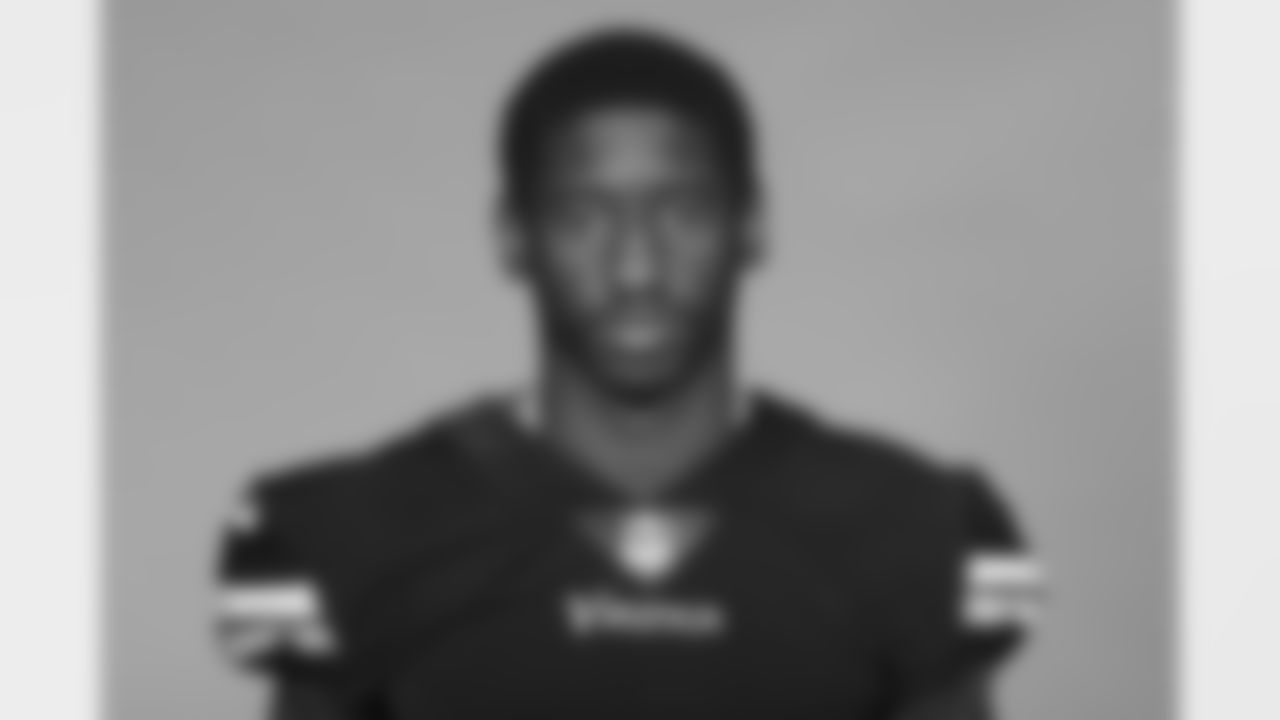
3 WR Jordan Addison

3 WR Jordan Addison

RB Cam Akers
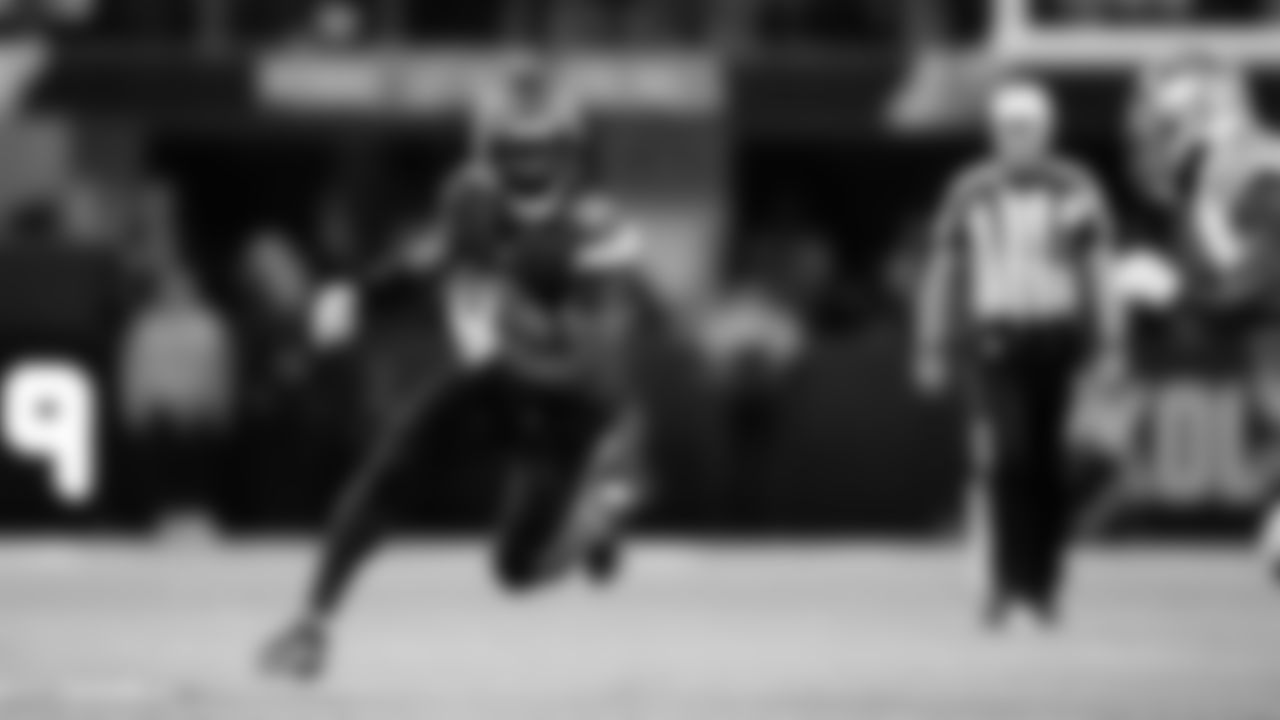
RB Cam Akers
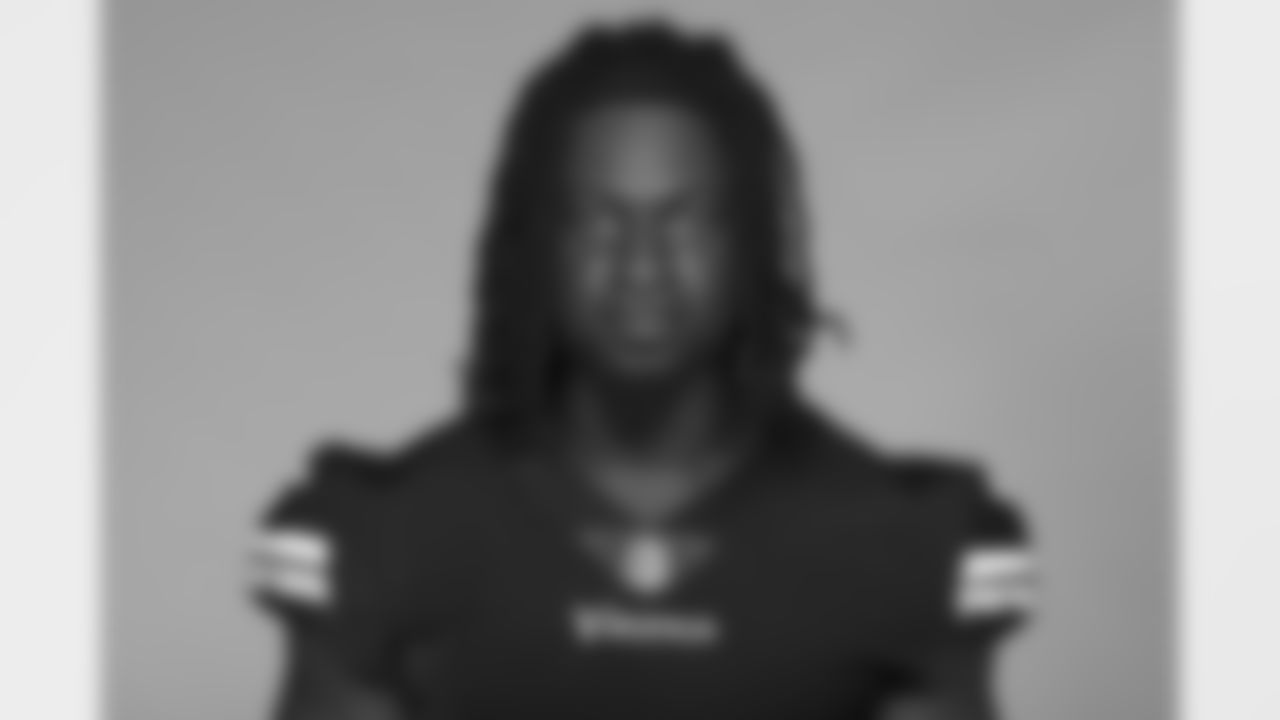
6 LB Brian Asamoah II

6 LB Brian Asamoah II

56 C Garrett Bradbury
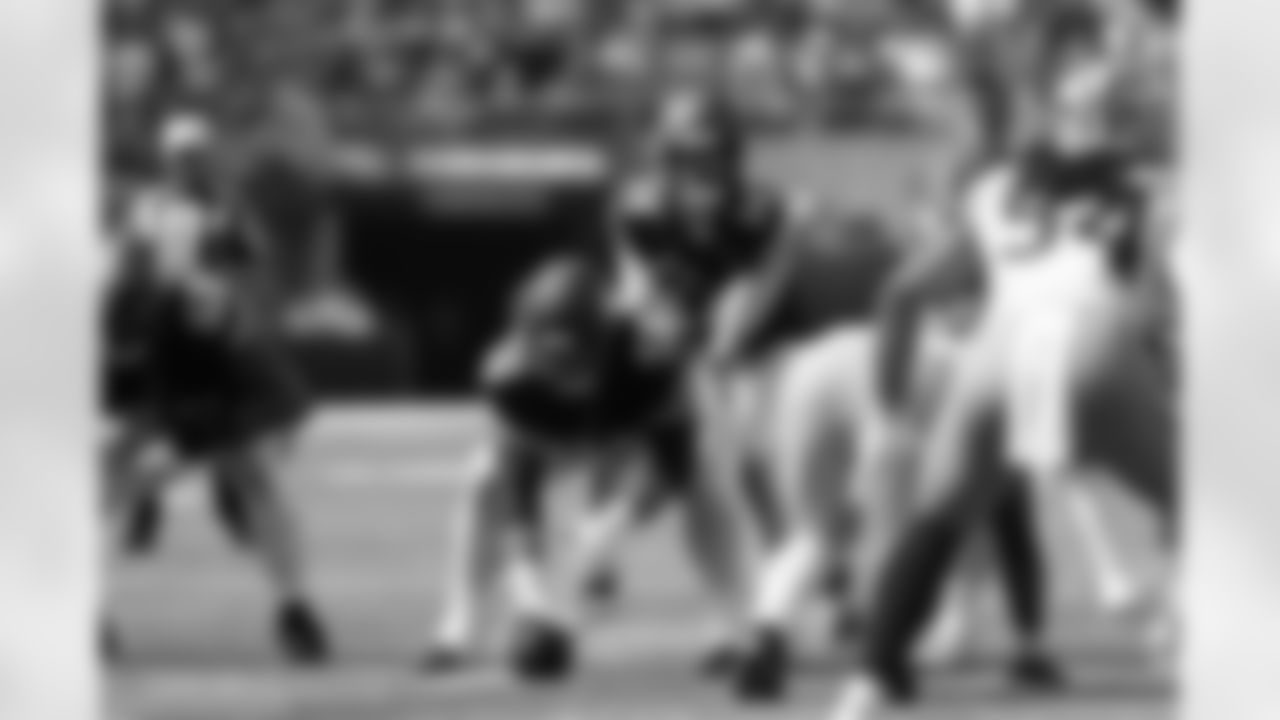
56 C Garrett Bradbury

64 G Blake Brandel

64 G Blake Brandel

90 DL Jonathan Bullard

90 DL Jonathan Bullard

24 S Camryn Bynum
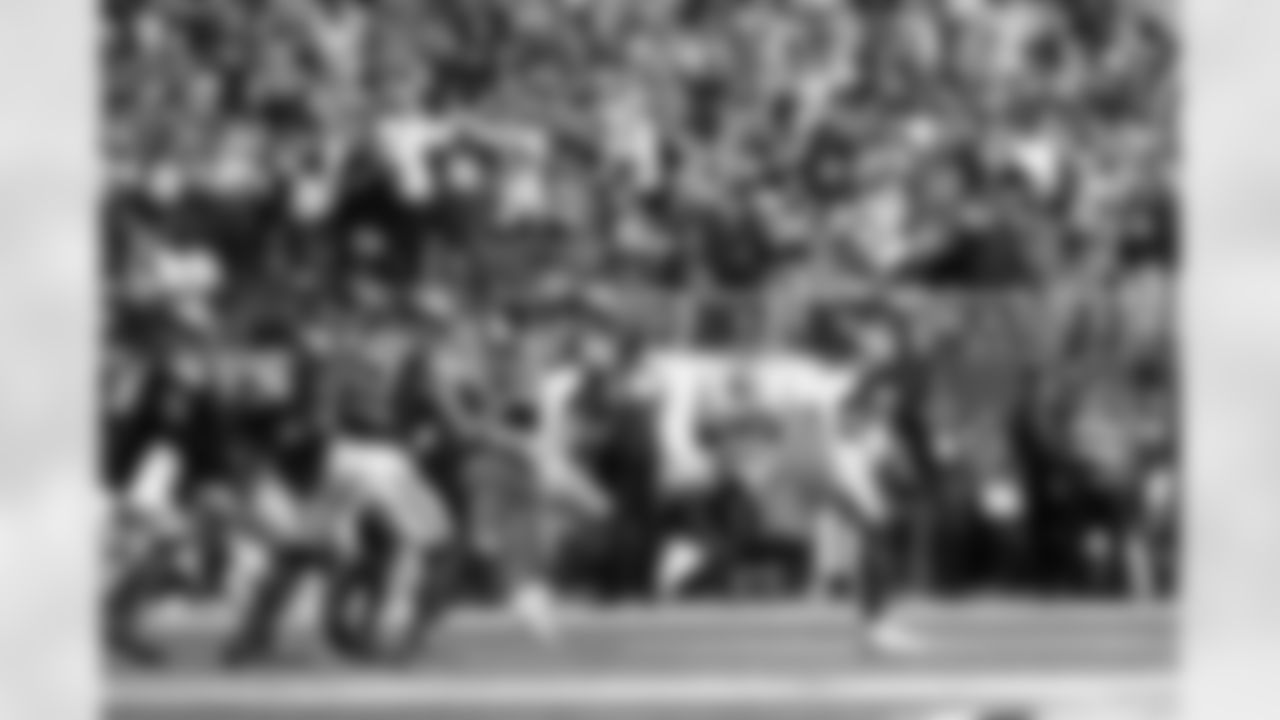
24 S Camryn Bynum
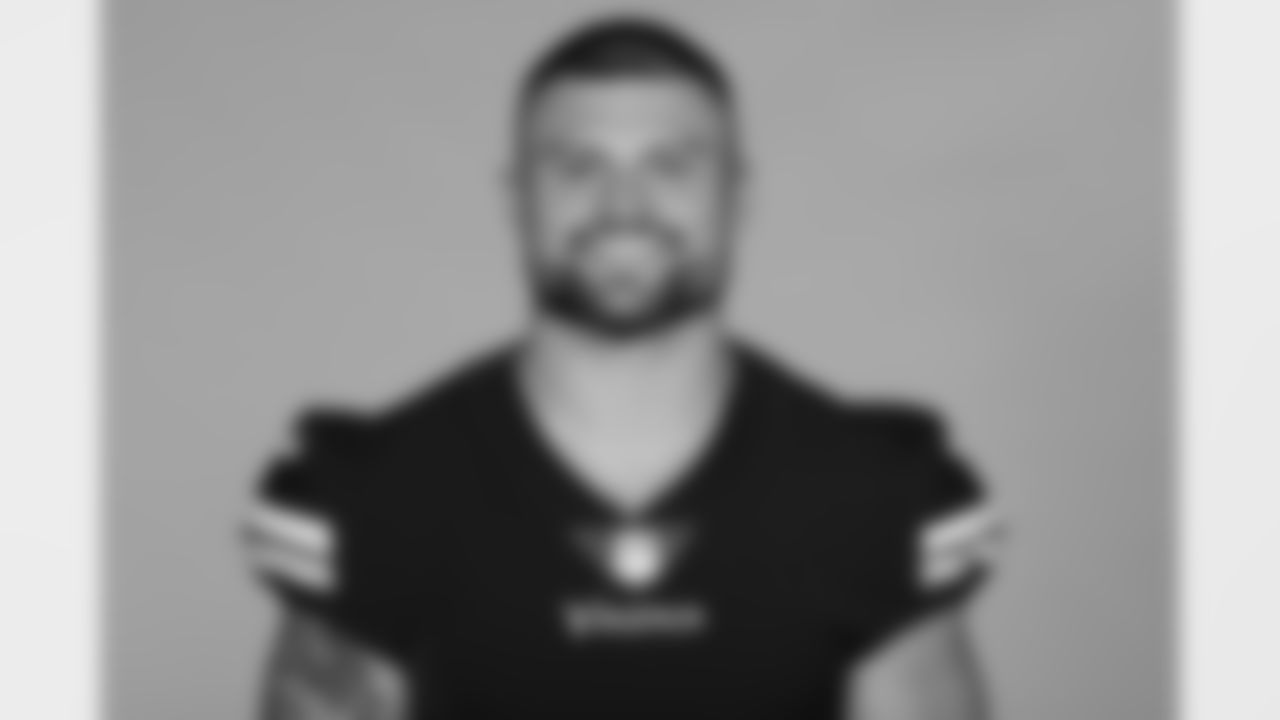
51 LB Blake Cashman
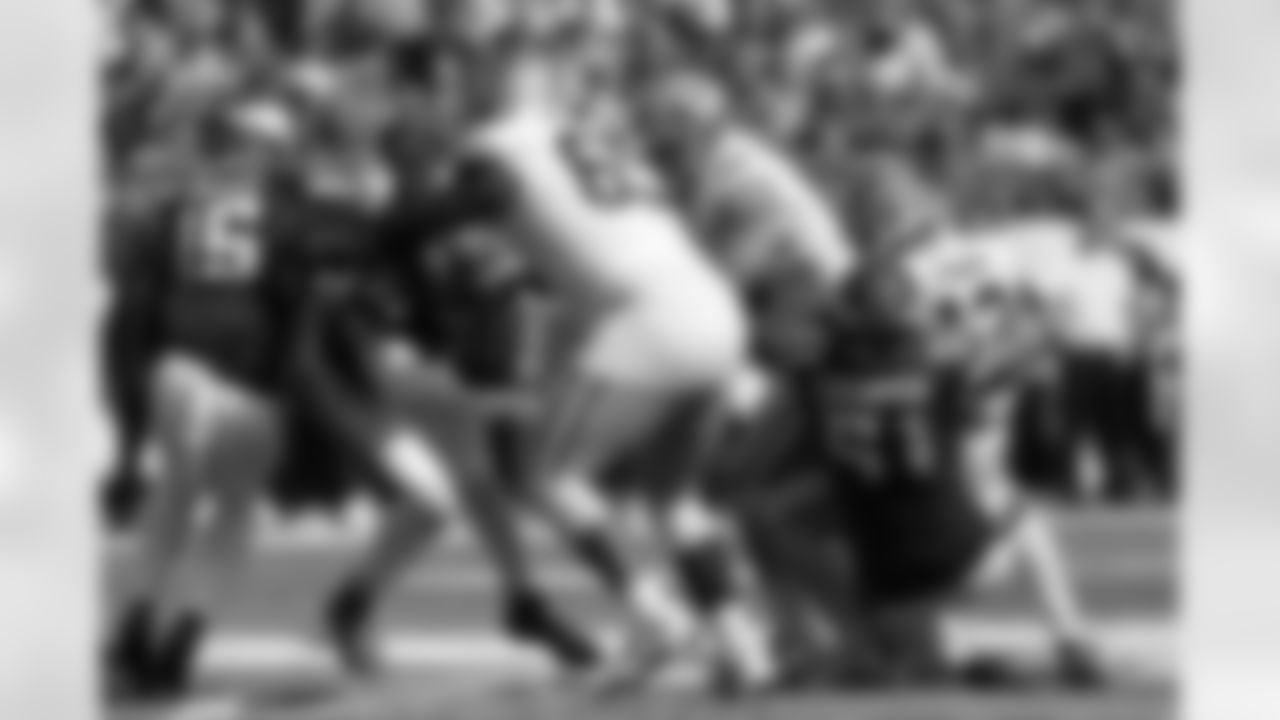
51 LB Blake Cashman

32 RB Ty Chandler

32 RB Ty Chandler

14 QB Sam Darnold
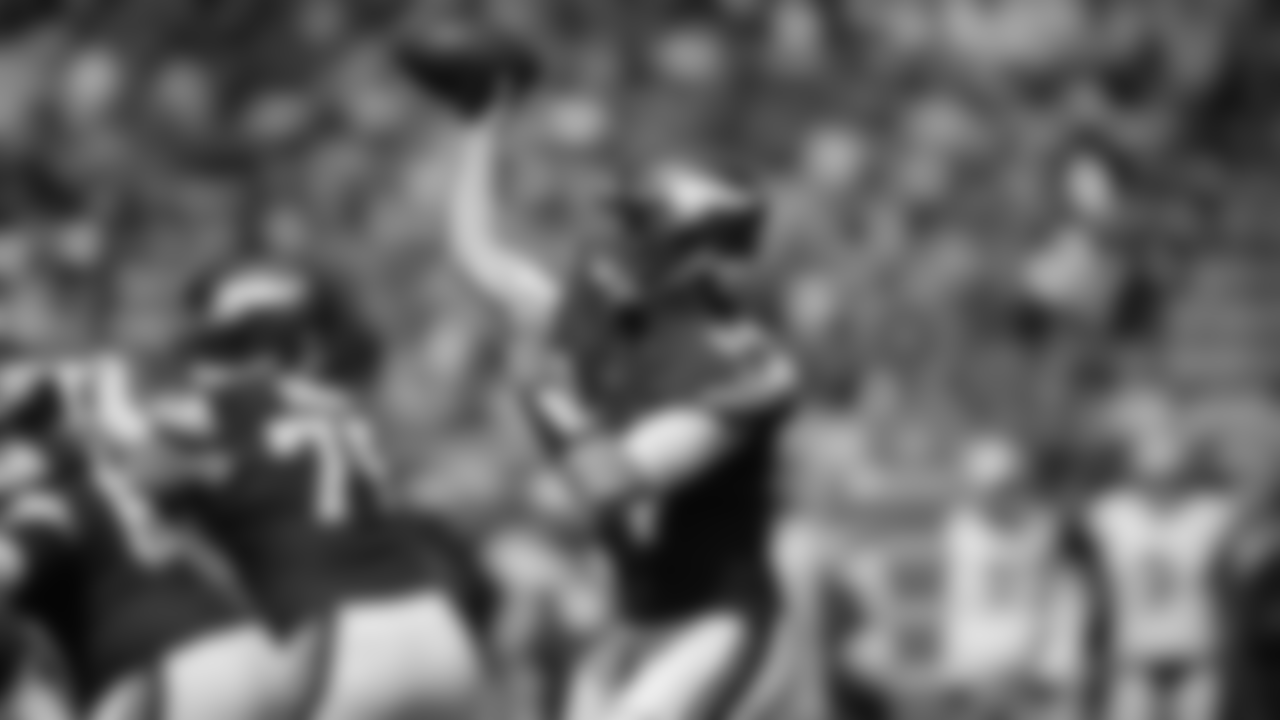
QB Sam Darnold

42 LS Andrew DePaola
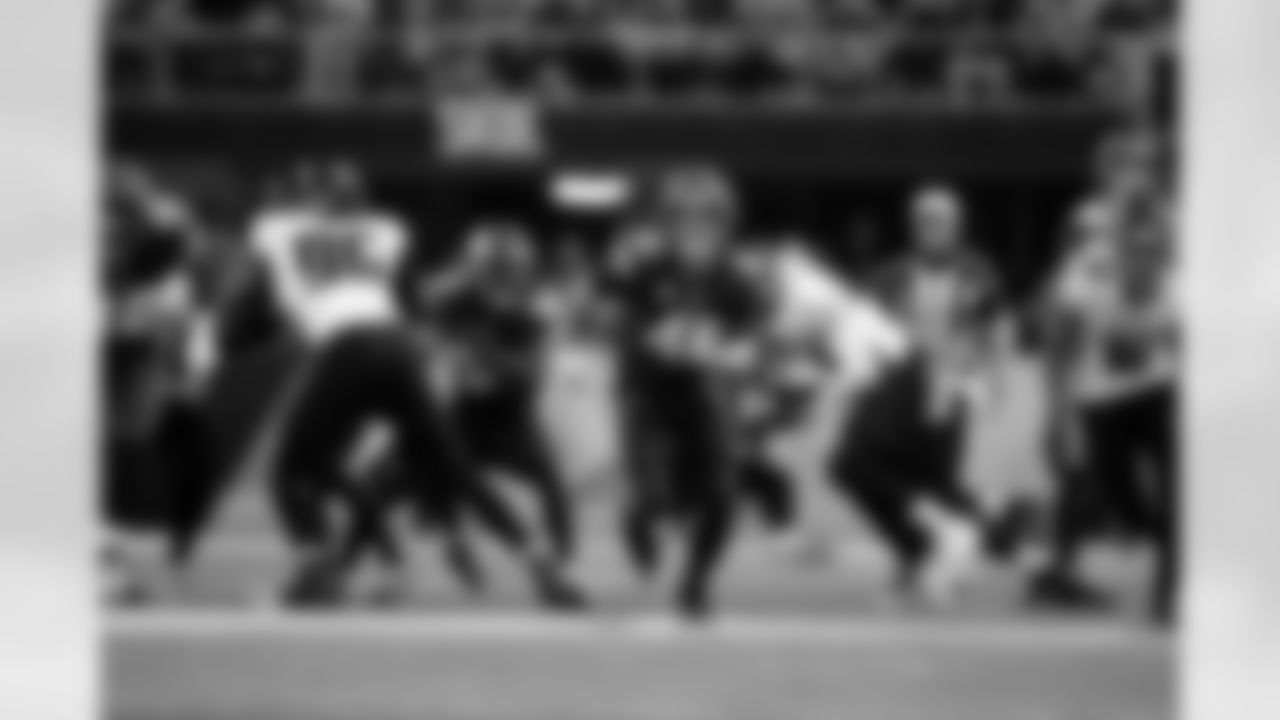
42 LS Andrew DePaola
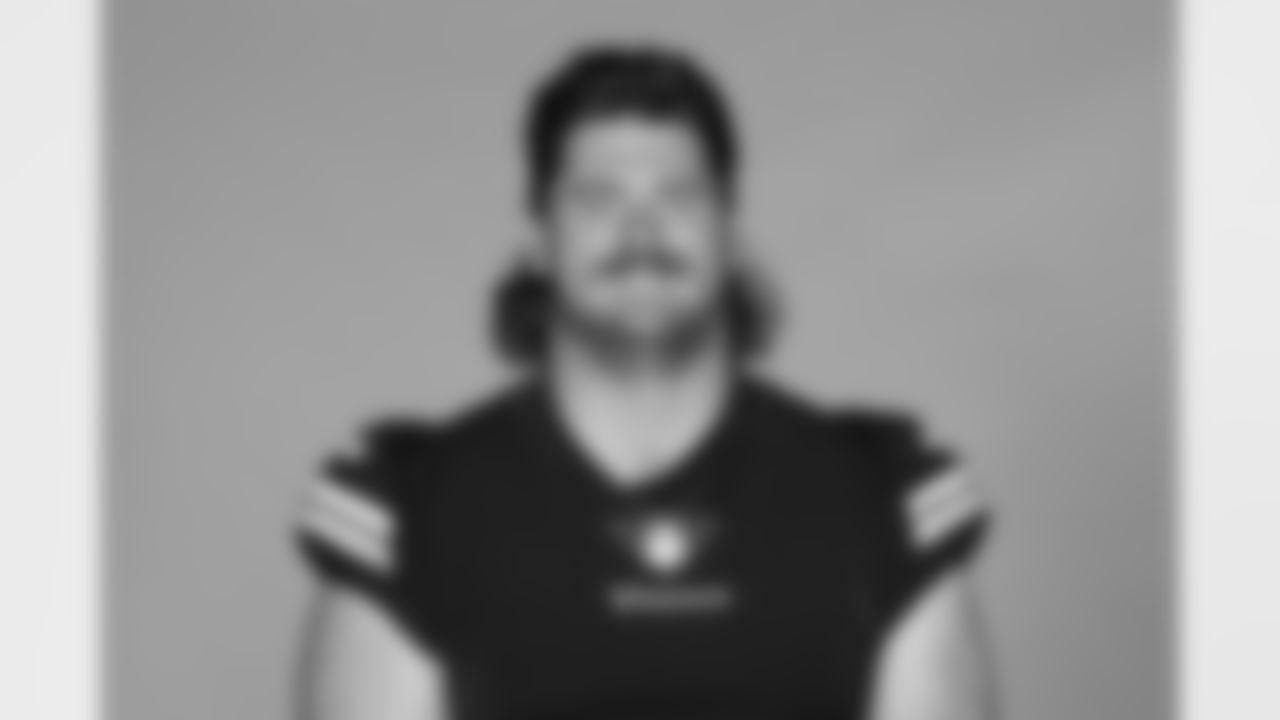
69 C/G Dan Feeney

69 C Dan Feeney
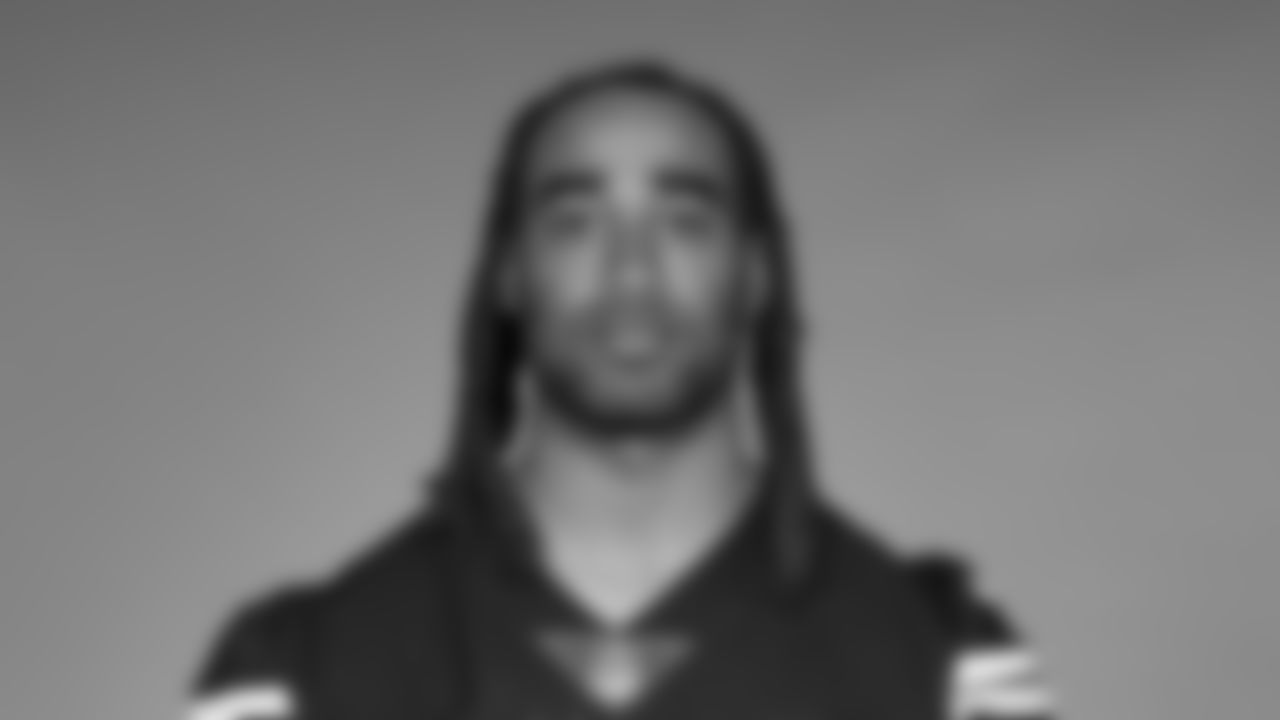
2 CB Stephon Gilmore

2 CB Stephon Gilmore

58 OLB Jonathan Greenard
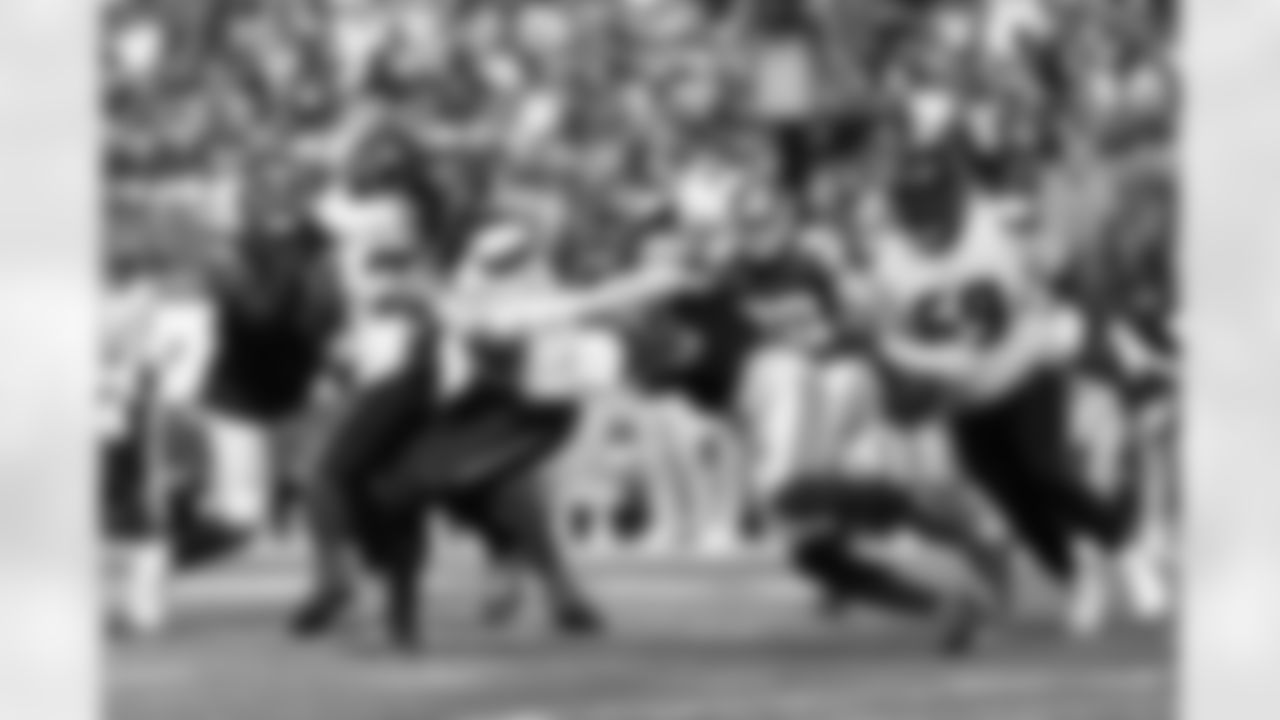
58 OLB Jonathan Greenard

1 CB Shaq Griffin

1 CB Shaq Griffin

54 LB Kamu Grugier-Hill
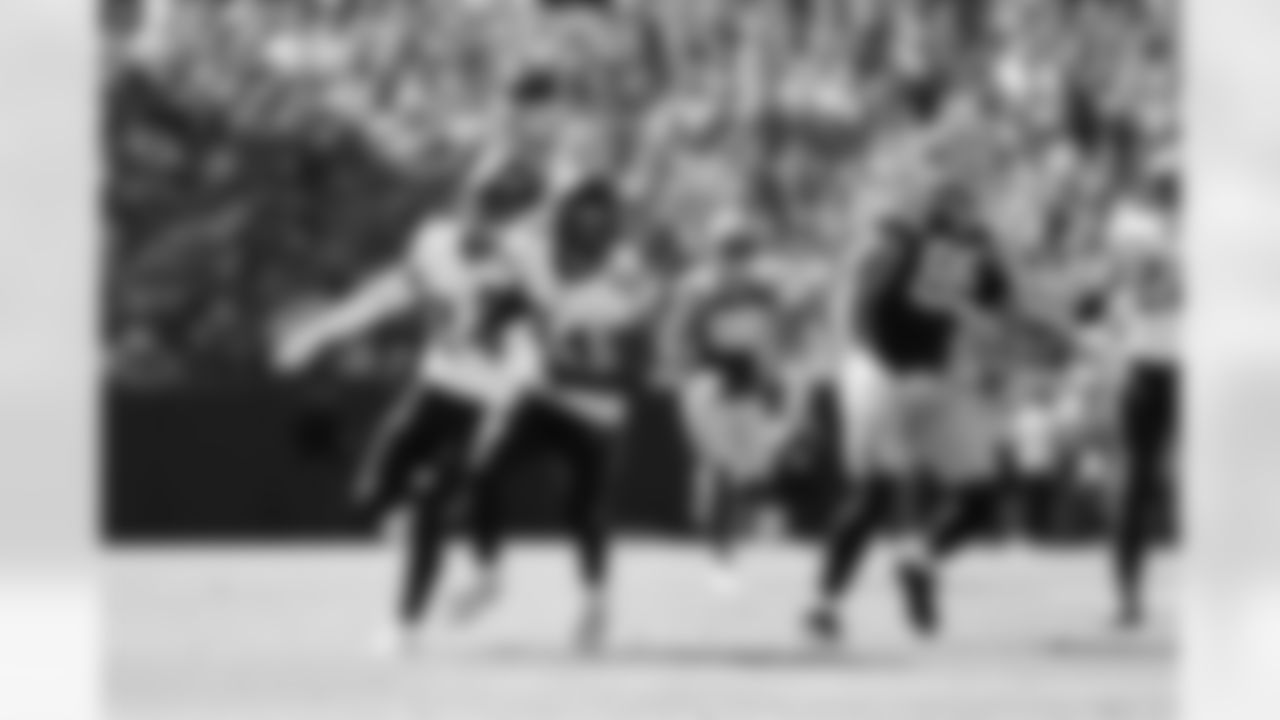
54 LB Kamu Grugier-Hill
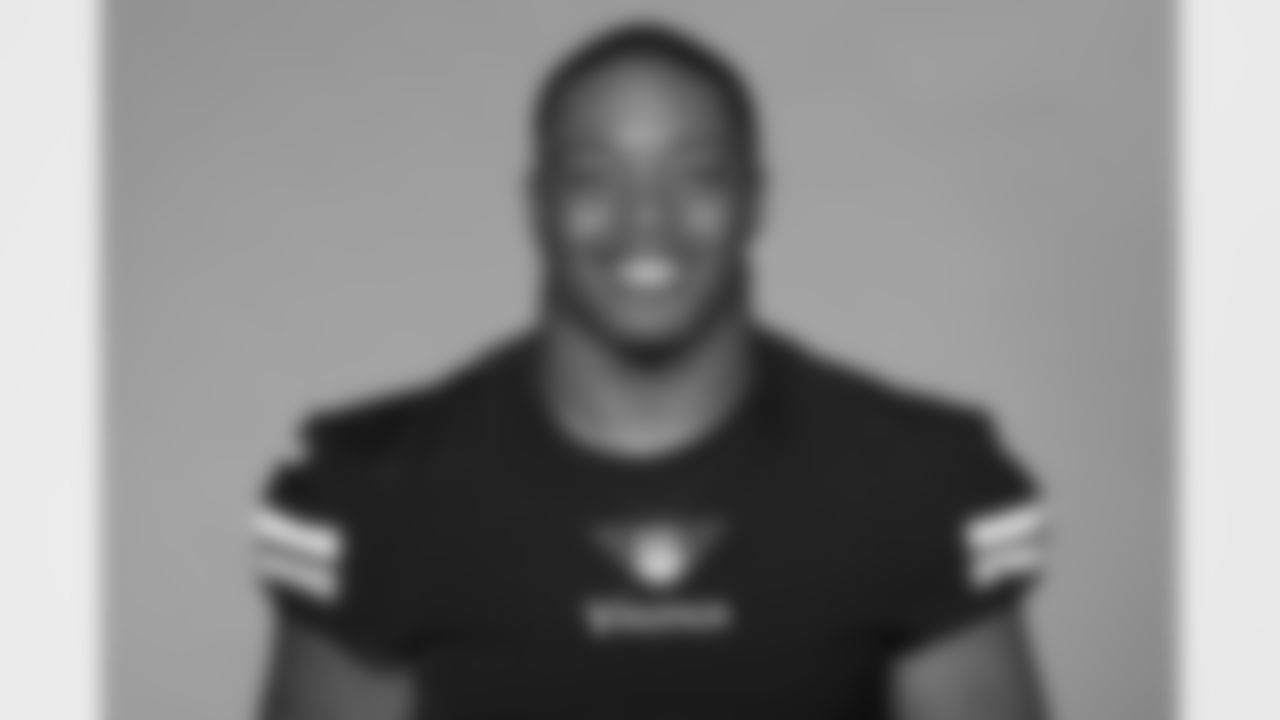
30 FB C.J. Ham

30 FB C.J. Ham

87 TE TJ Hockenson
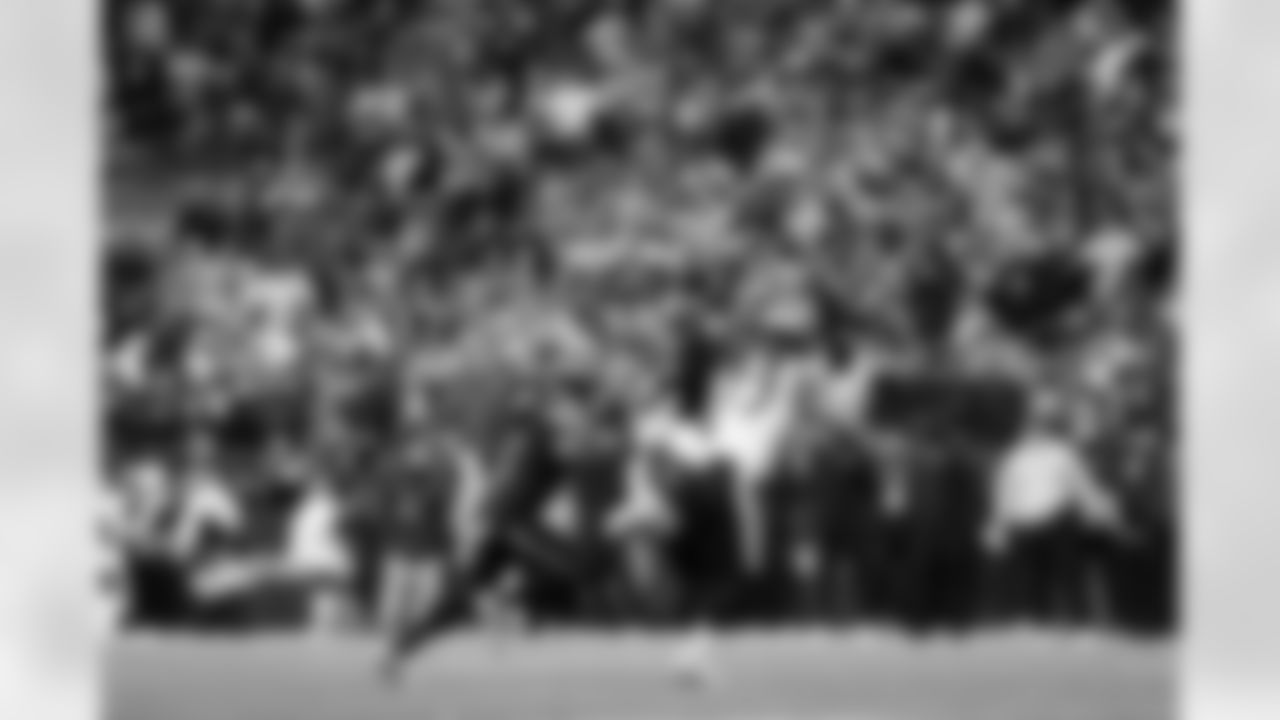
87 TE T.J. Hockenson

67 G Ed Ingram
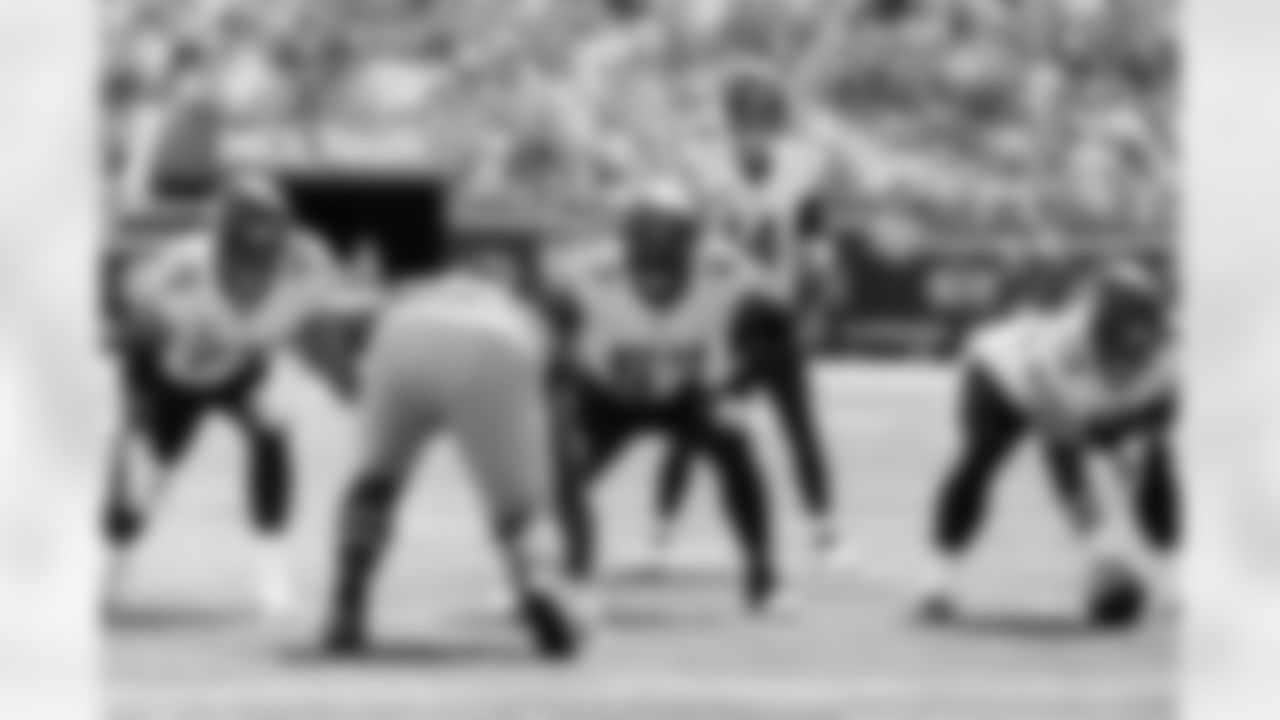
67 G Ed Ingram

26 S Theo Jackson
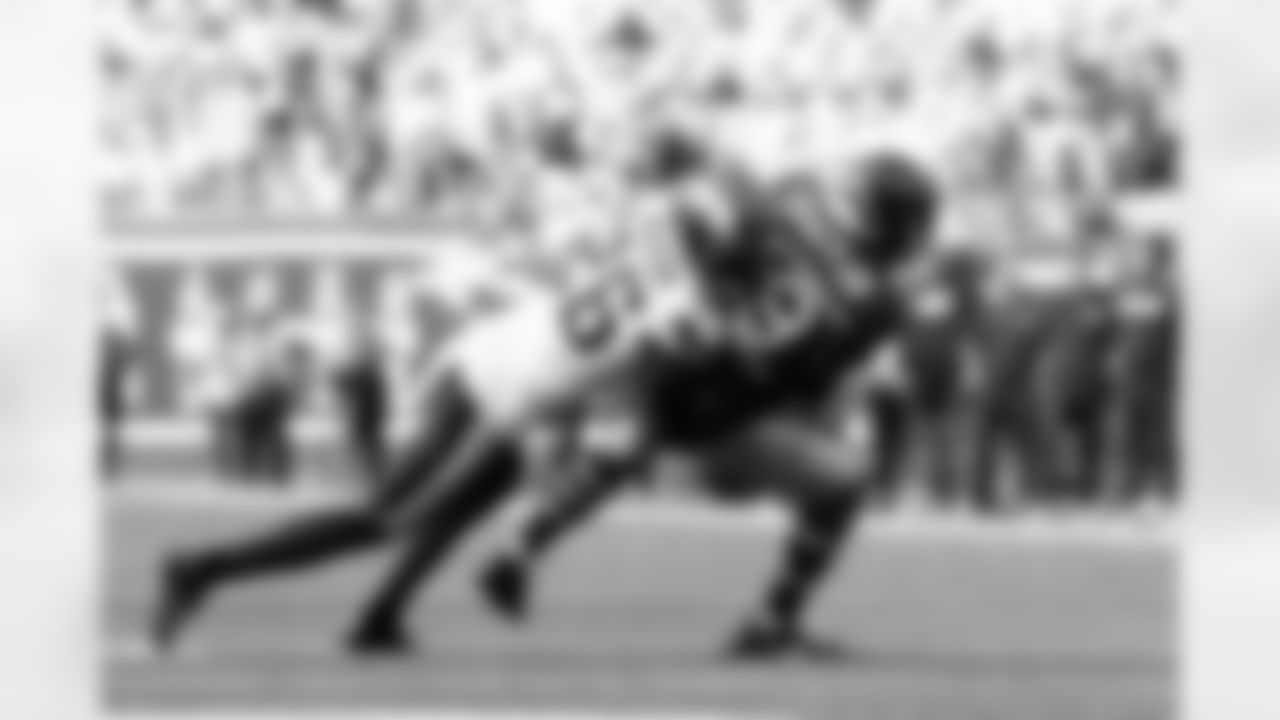
26 S Theo Jackson

18 WR Justin Jefferson

18 WR Justin Jefferson
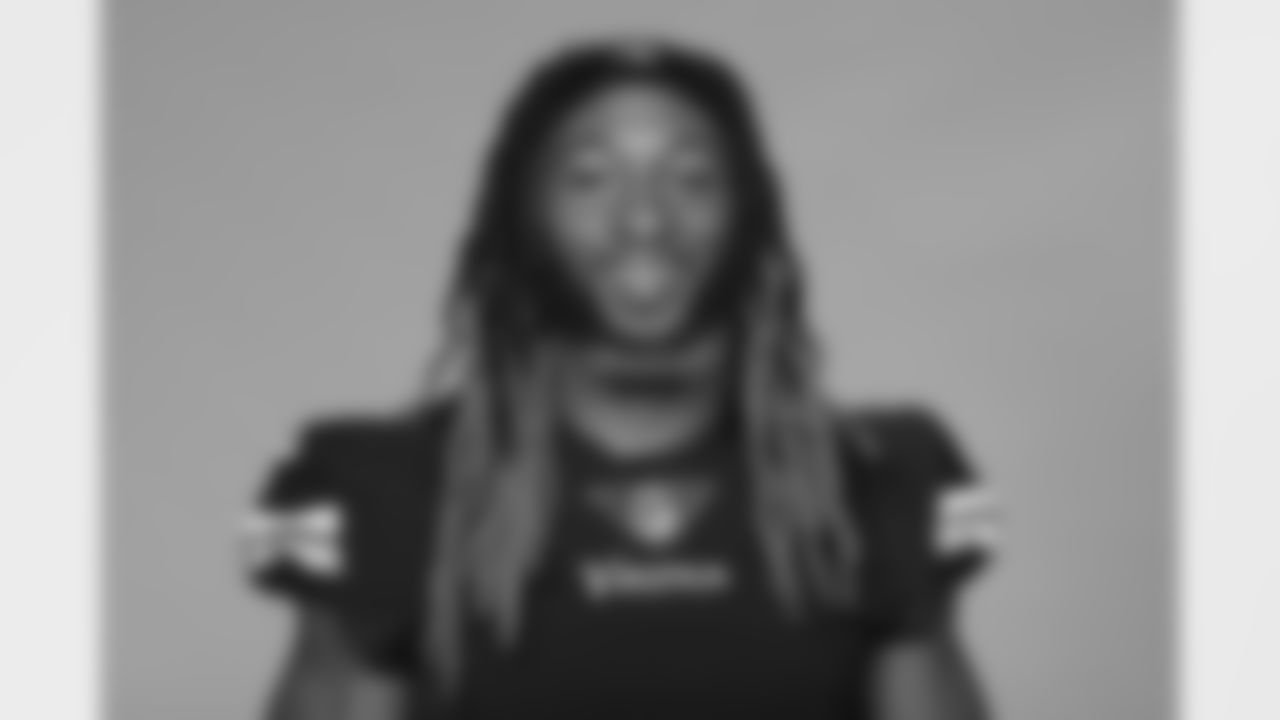
33 RB Aaron Jones Sr.

33 RB Aaron Jones
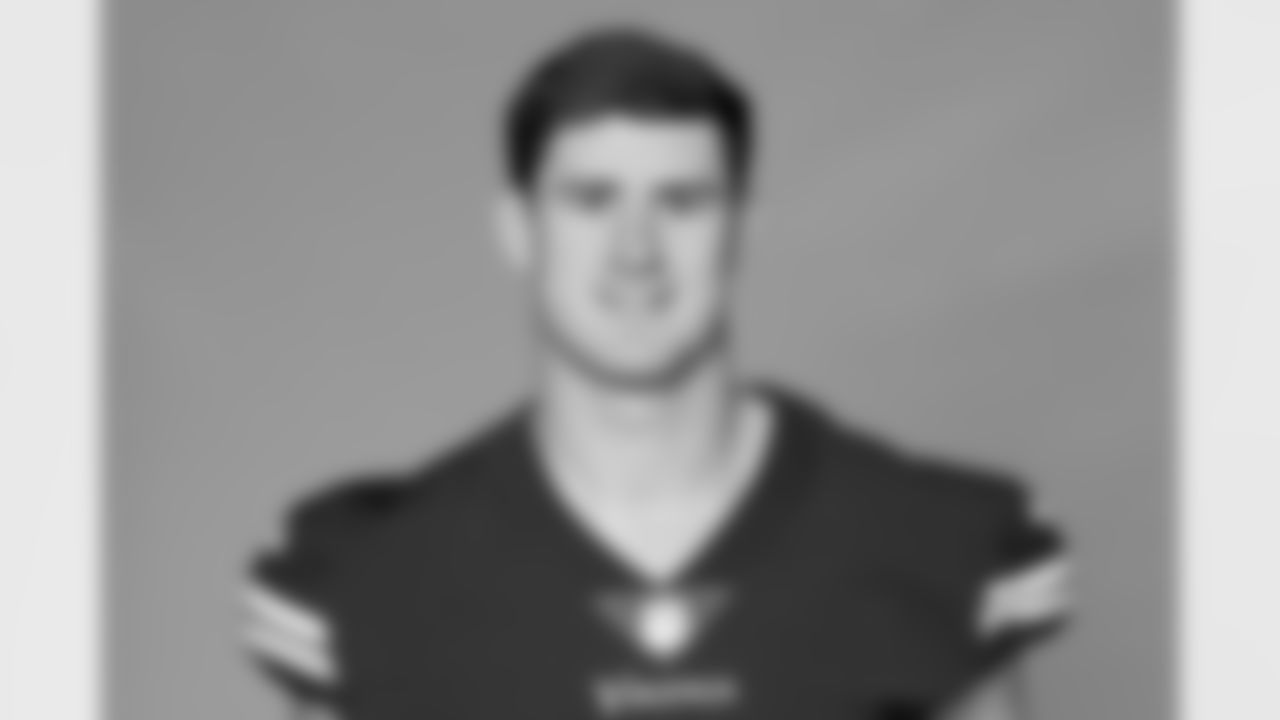
13 QB Daniel Jones

13 QB Daniel Jones

91 OLB Pat Jones II
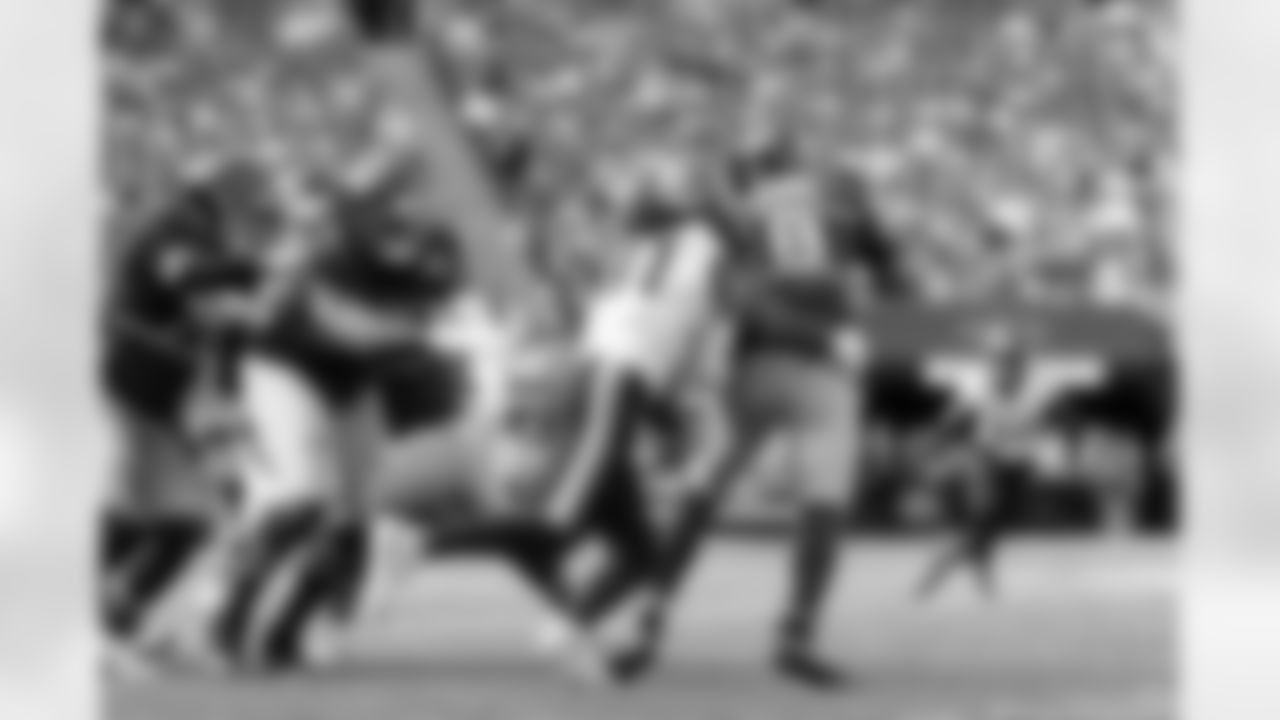
91 OLB Pat Jones II

65 OL Michael Jurgens
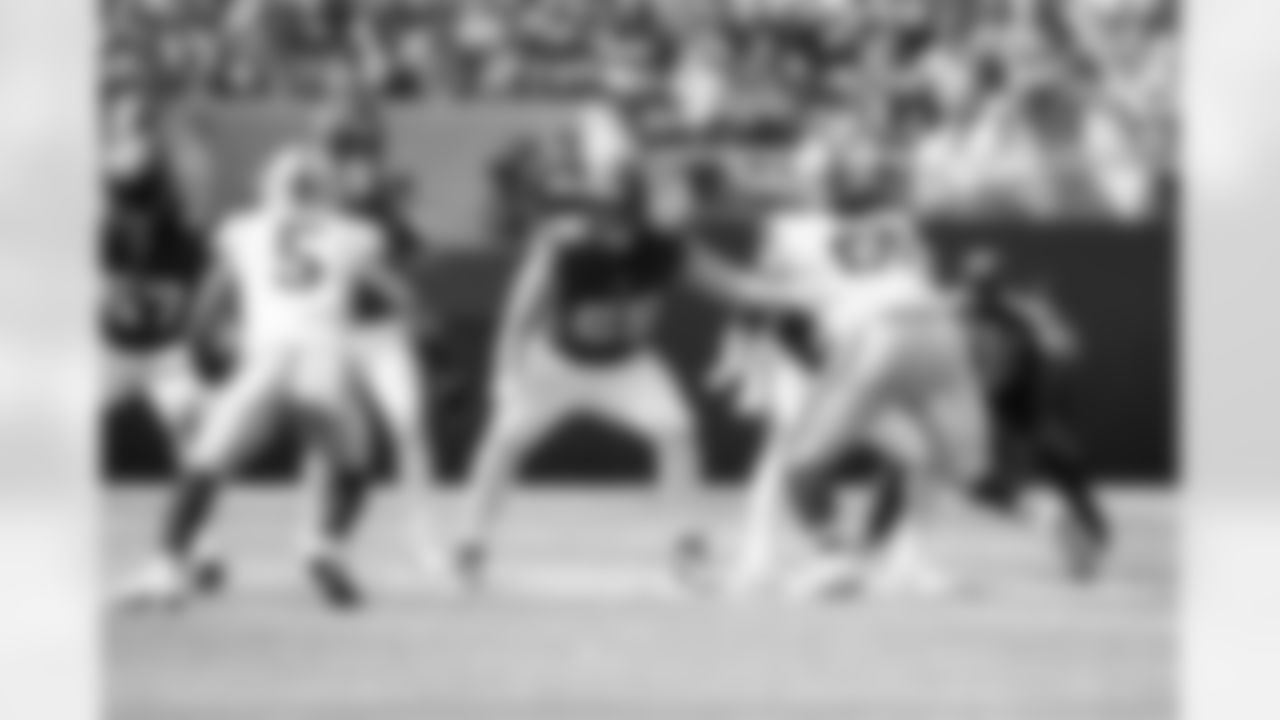
65 G Michael Jurgens

29 CB Dwight McGlothern

6 CB Dwight McGlothern

44 S Josh Metellus
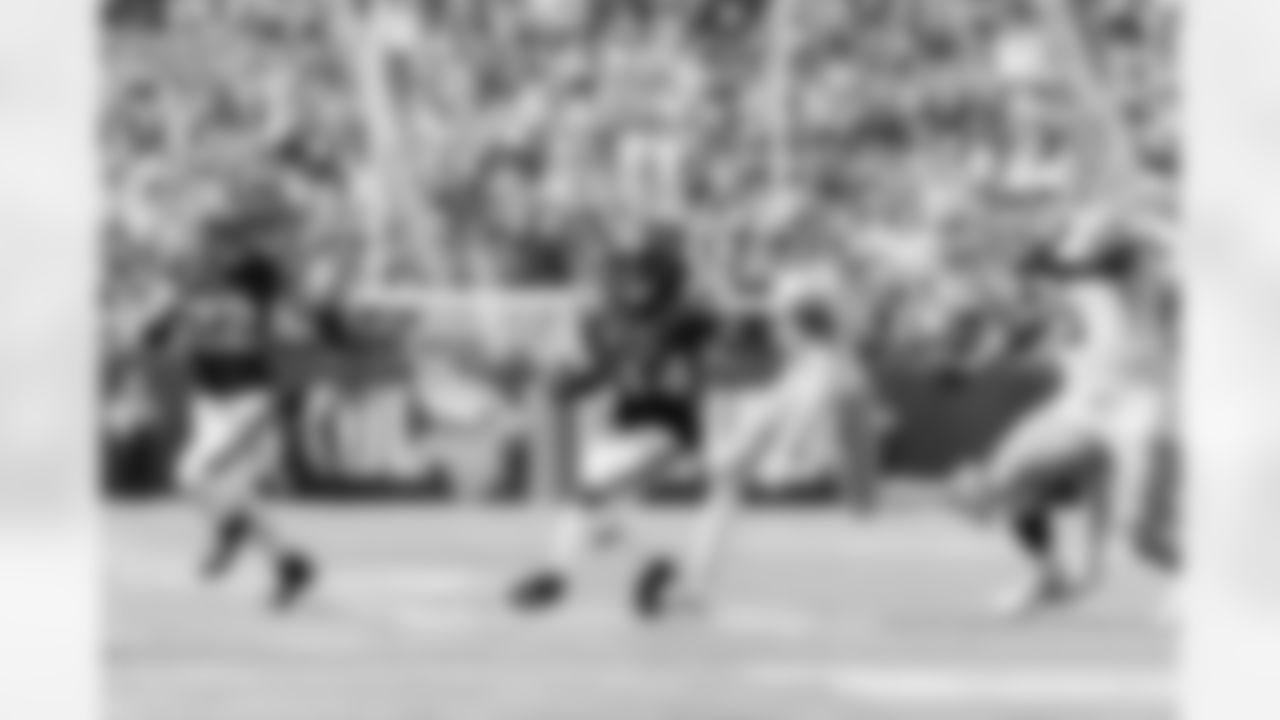
44 S Joshua Metellus

23 CB Fabian Moreau
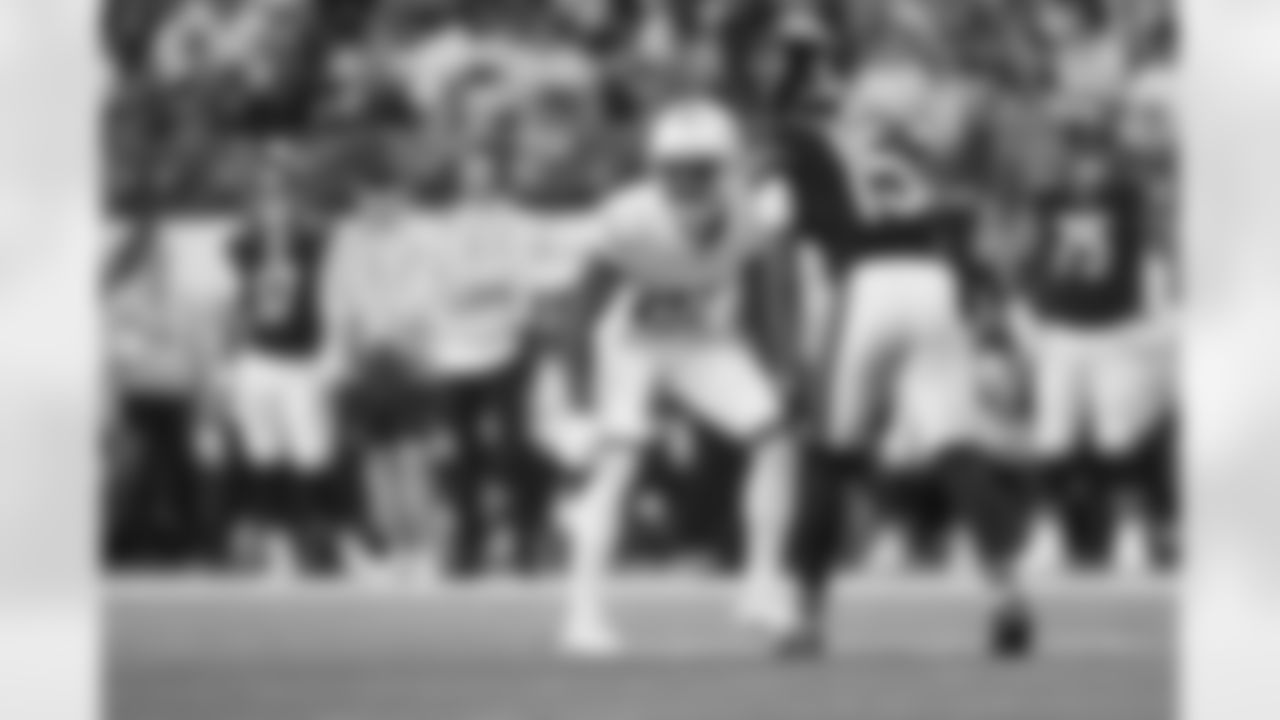
23 CB Fabian Moreau

12 QB Nick Mullens

12 QB Nick Mullens

86 TE Johnny Mundt
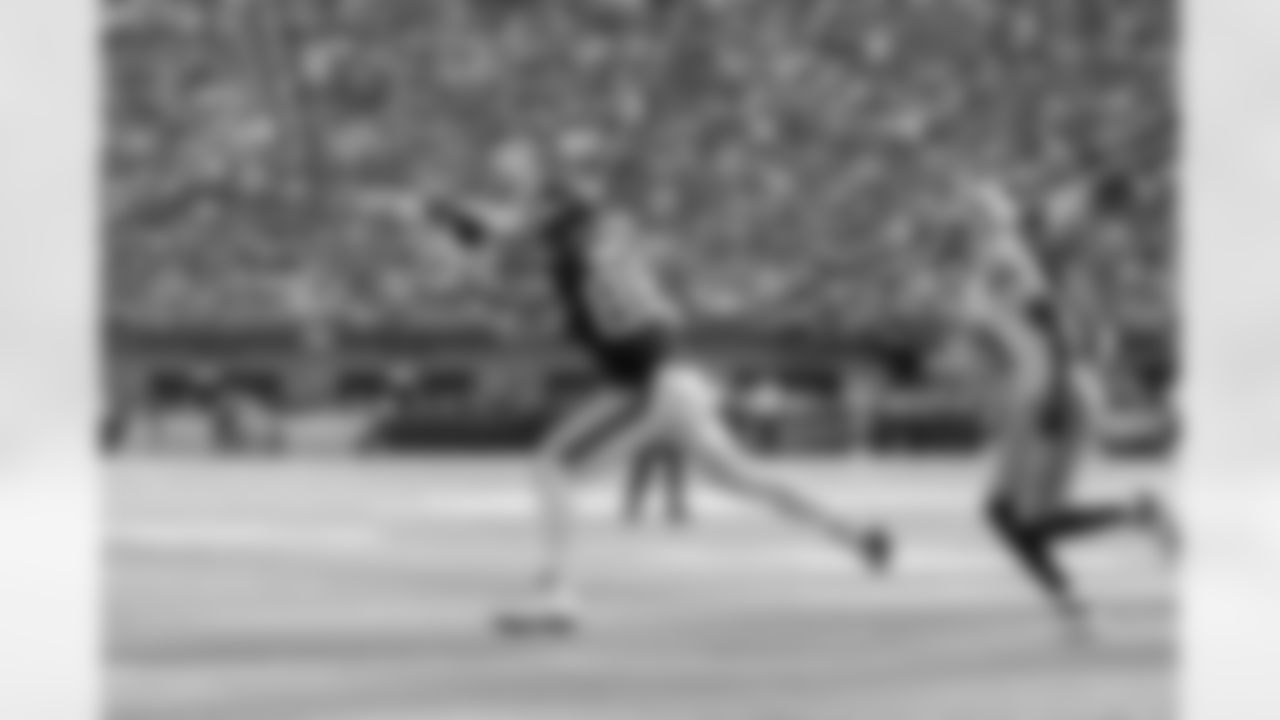
86 TE Johnny Mundt

7 CB Byron Murphy

7 CB Byron Murphy Jr.

83 WR Jalen Nailor
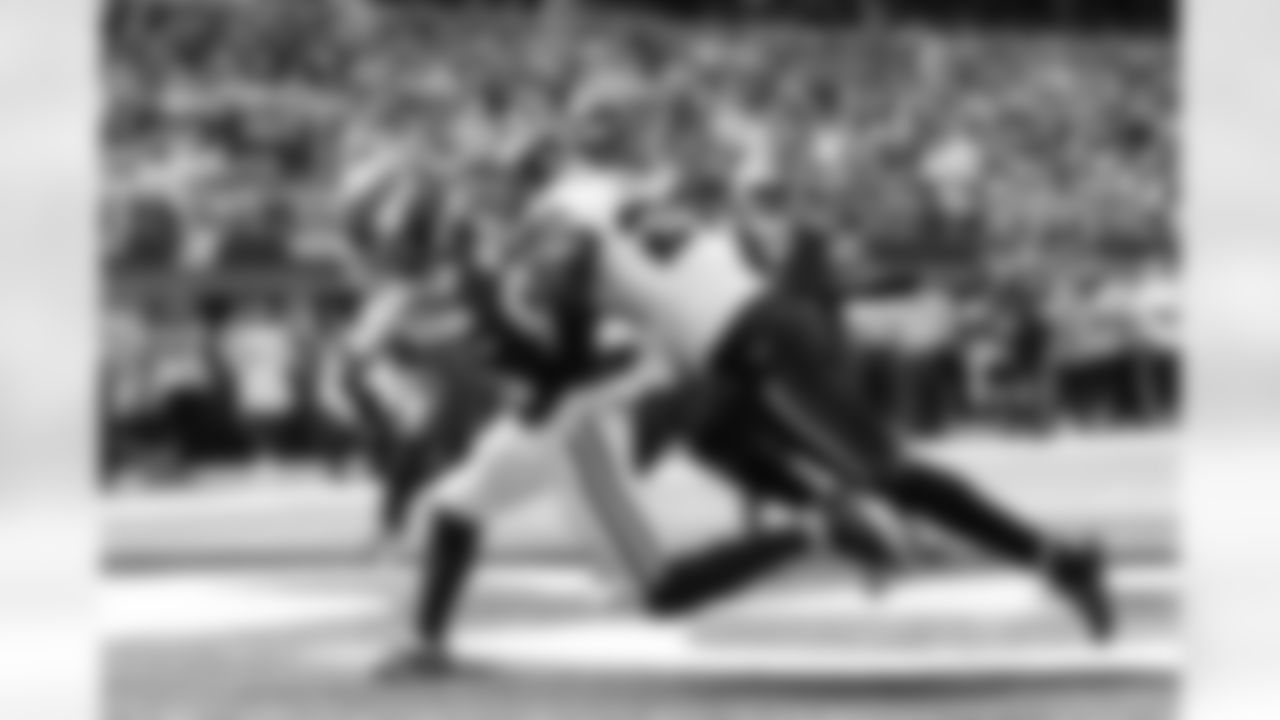
83 WR Jalen Nailor
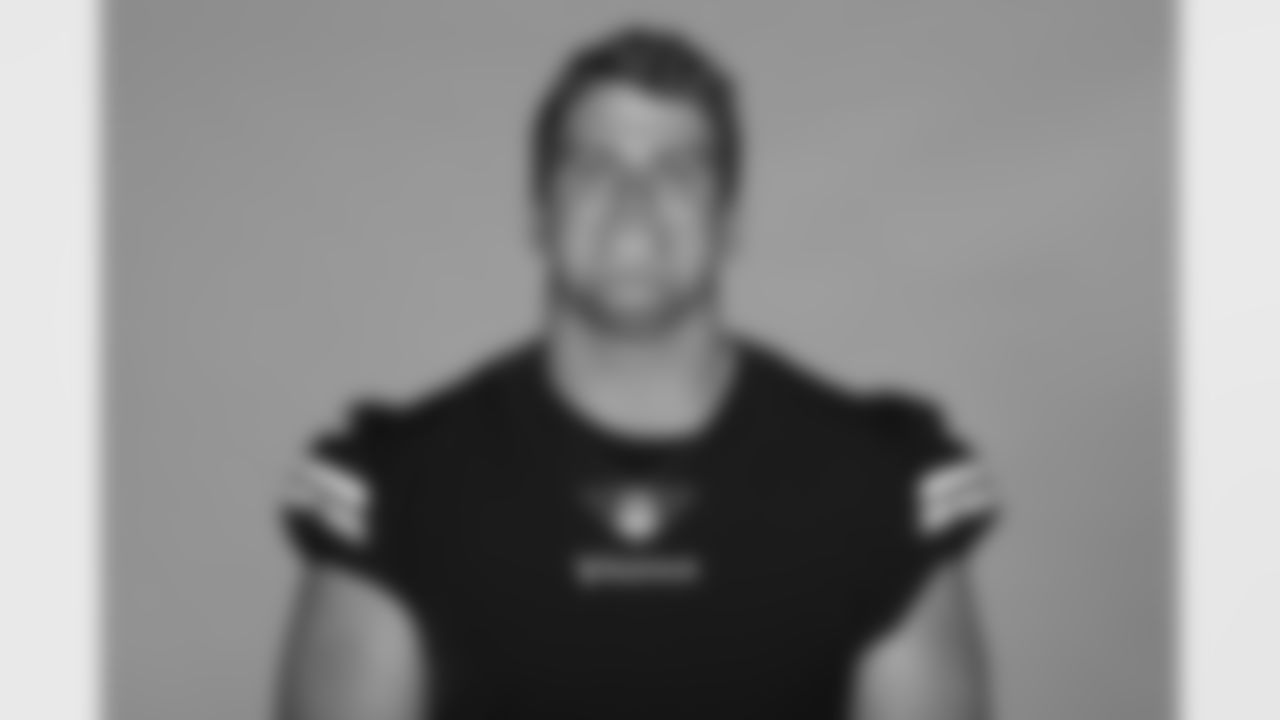
75 T Brian O'Neill

75 T Brian O'Neill

84 TE Josh Oliver

84 TE Josh Oliver

0 LB Ivan Pace Jr.

0 LB Ivan Pace Jr.
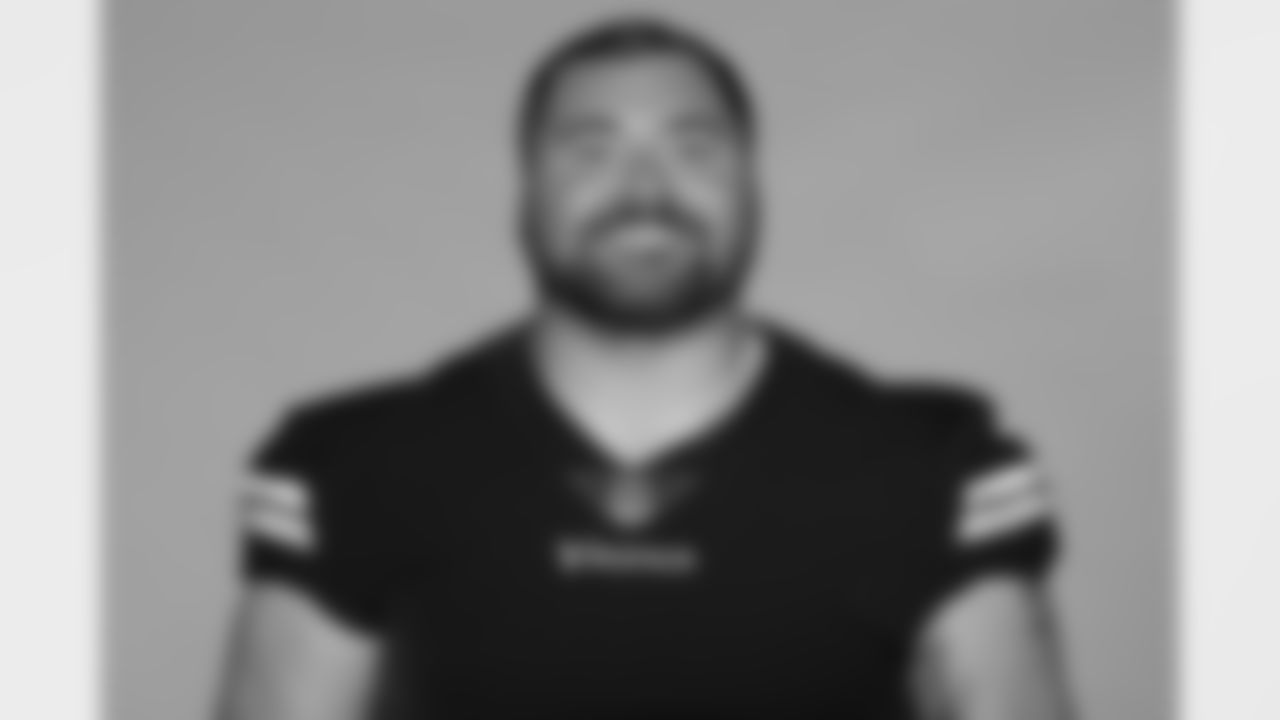
57 DL Harrison Phillips
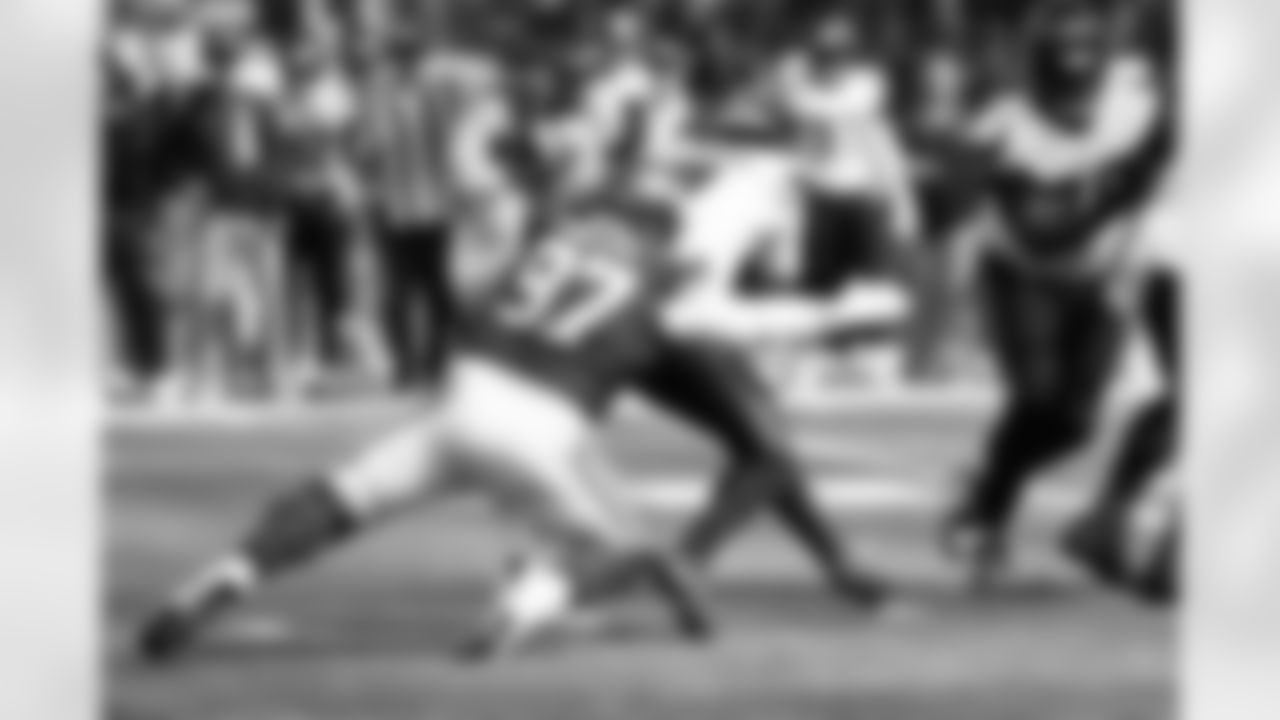
97 DL Harrison Phillips
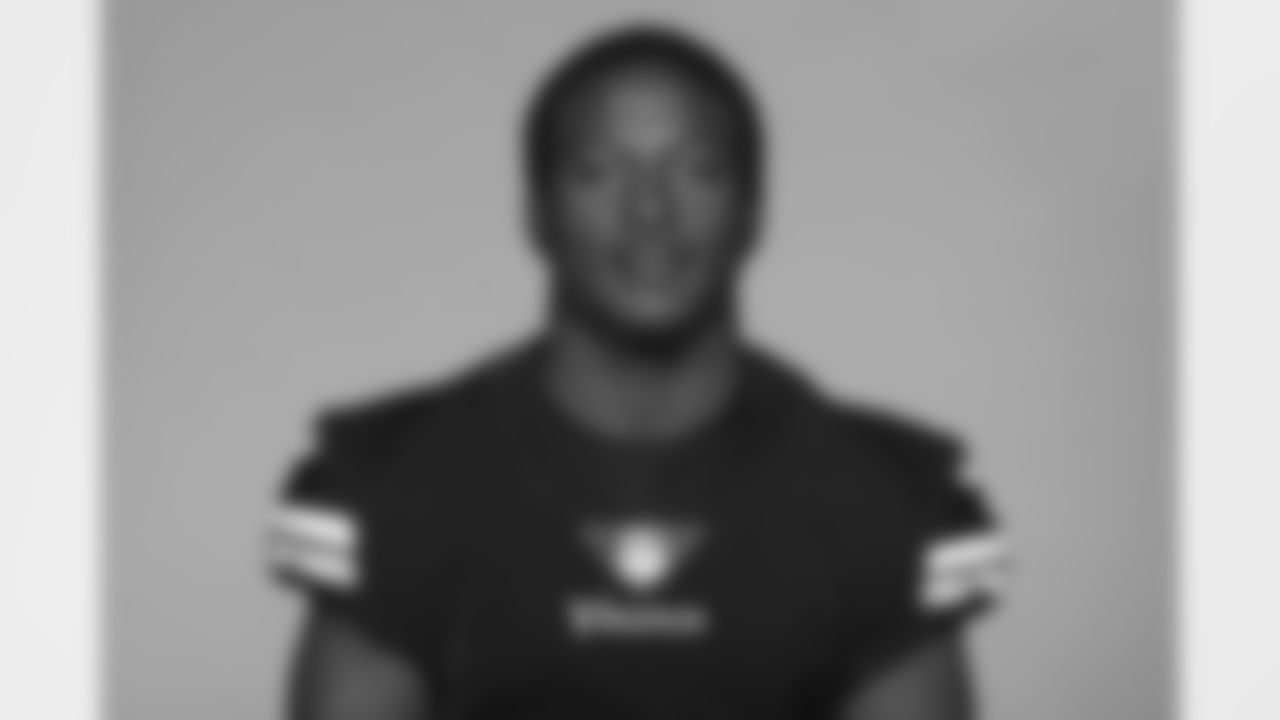
4 WR Brandon Powell
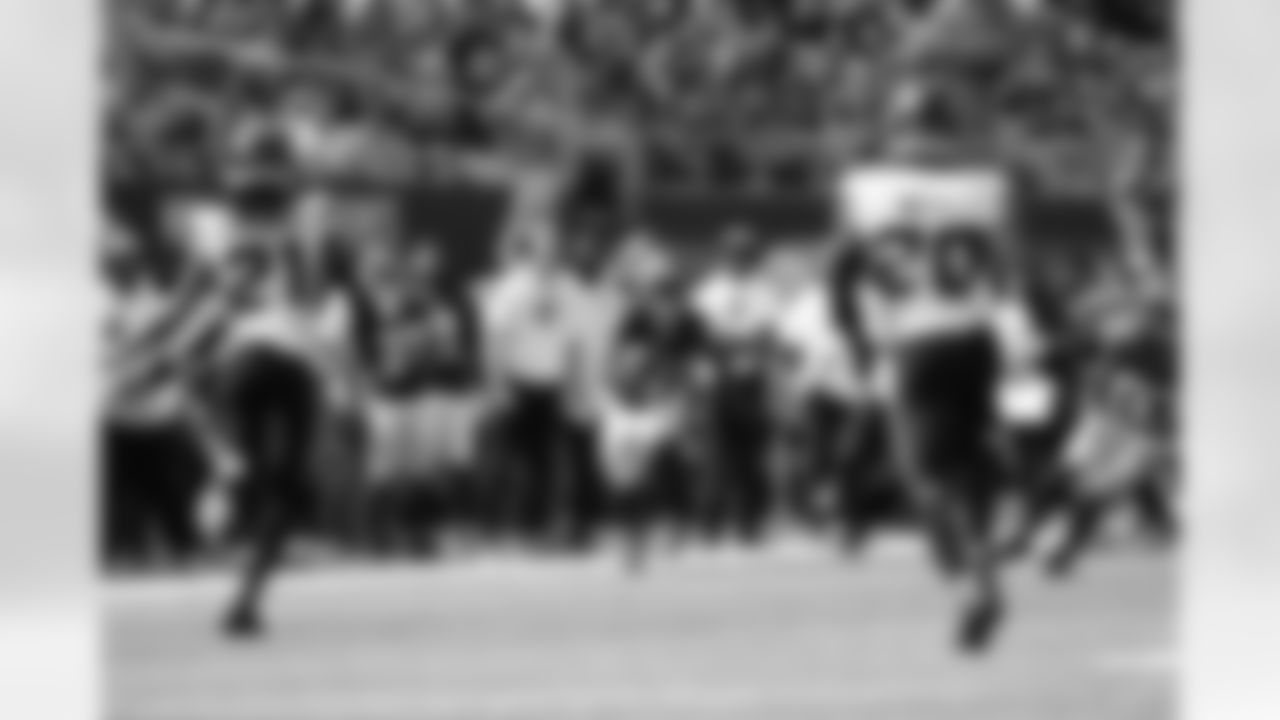
4 WR Brandon Powell

76 T David Quessenberry
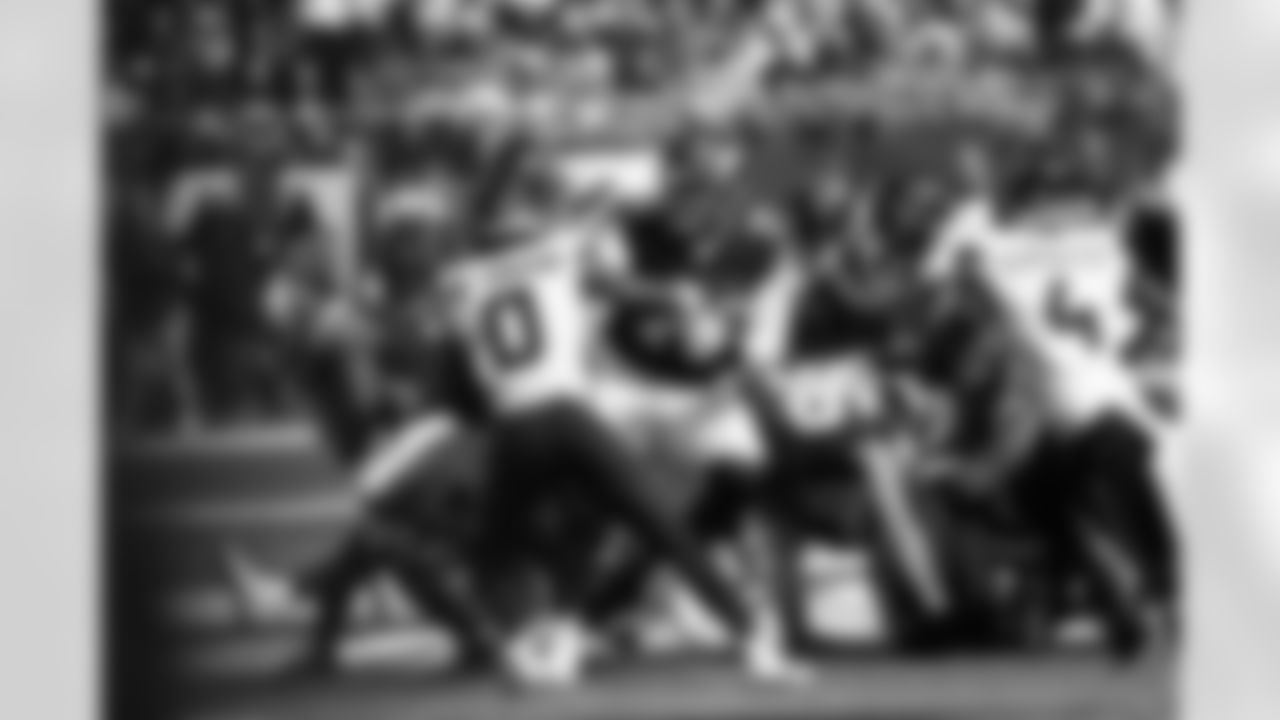
76 T David Quessenberry

61 DL Jalen Redmond

61 DL Jalen Redmond

16 K Will Reichard
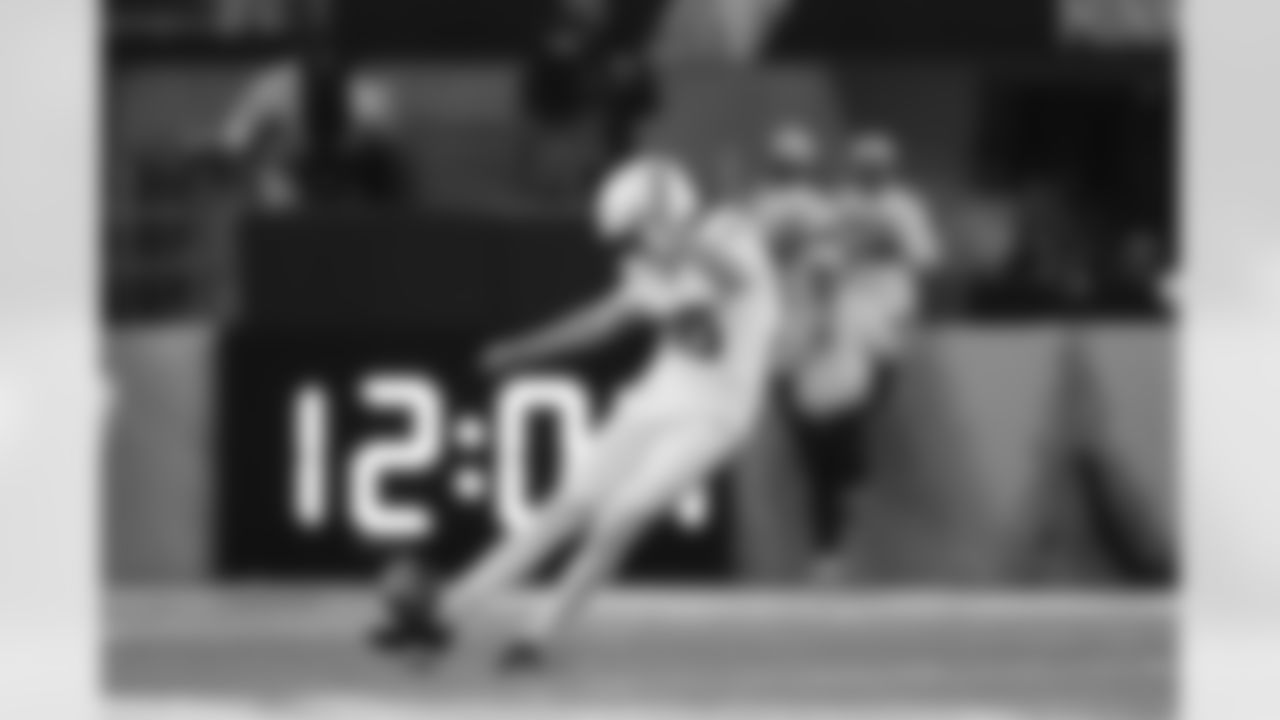
16 K Will Reichard

98 OLB Bo Richter
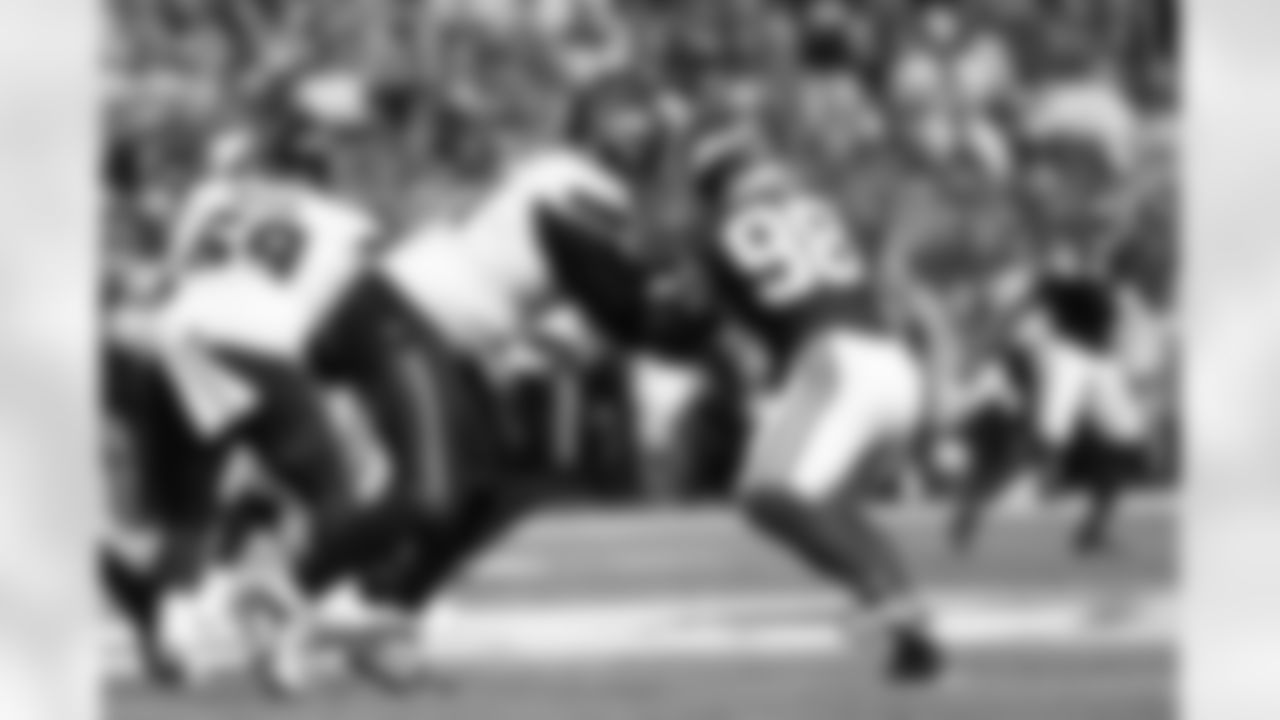
98 OLB Bo Richter

66 G Dalton Risner
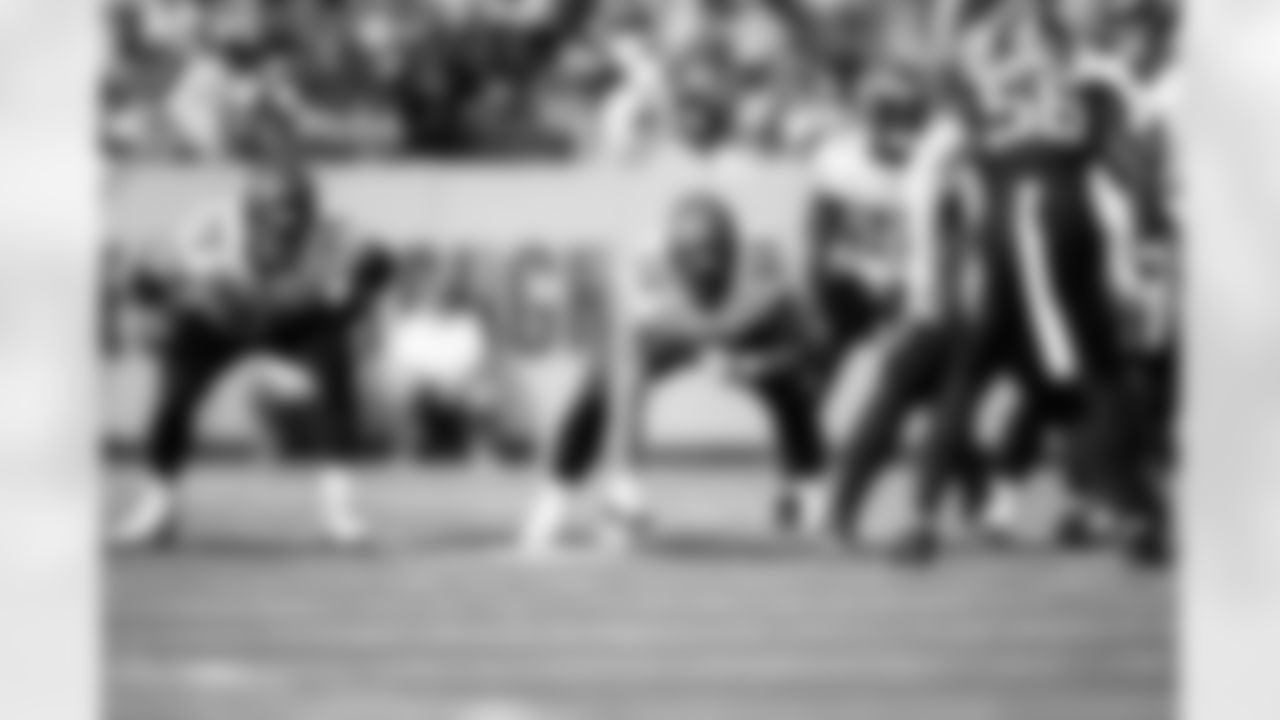
66 G Dalton Risner
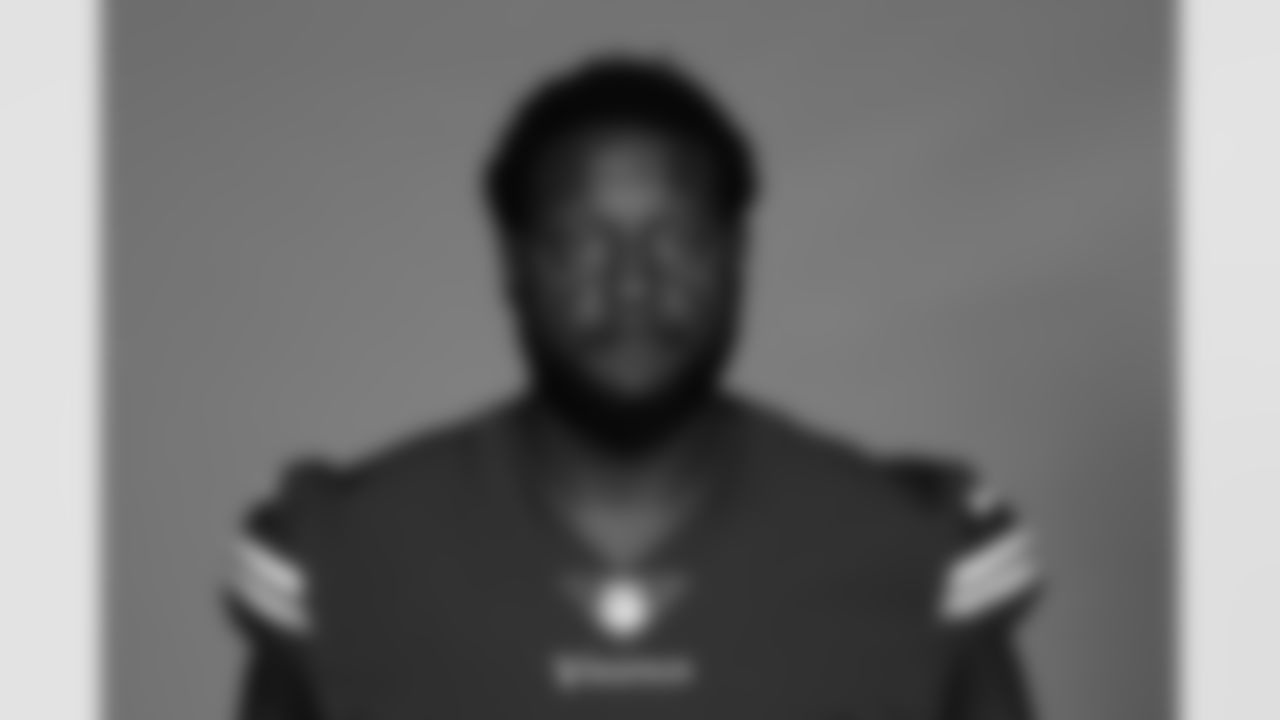
74 T Cam Robinson

74 T Cam Robinson

50 DL Levi Drake Rodriguez
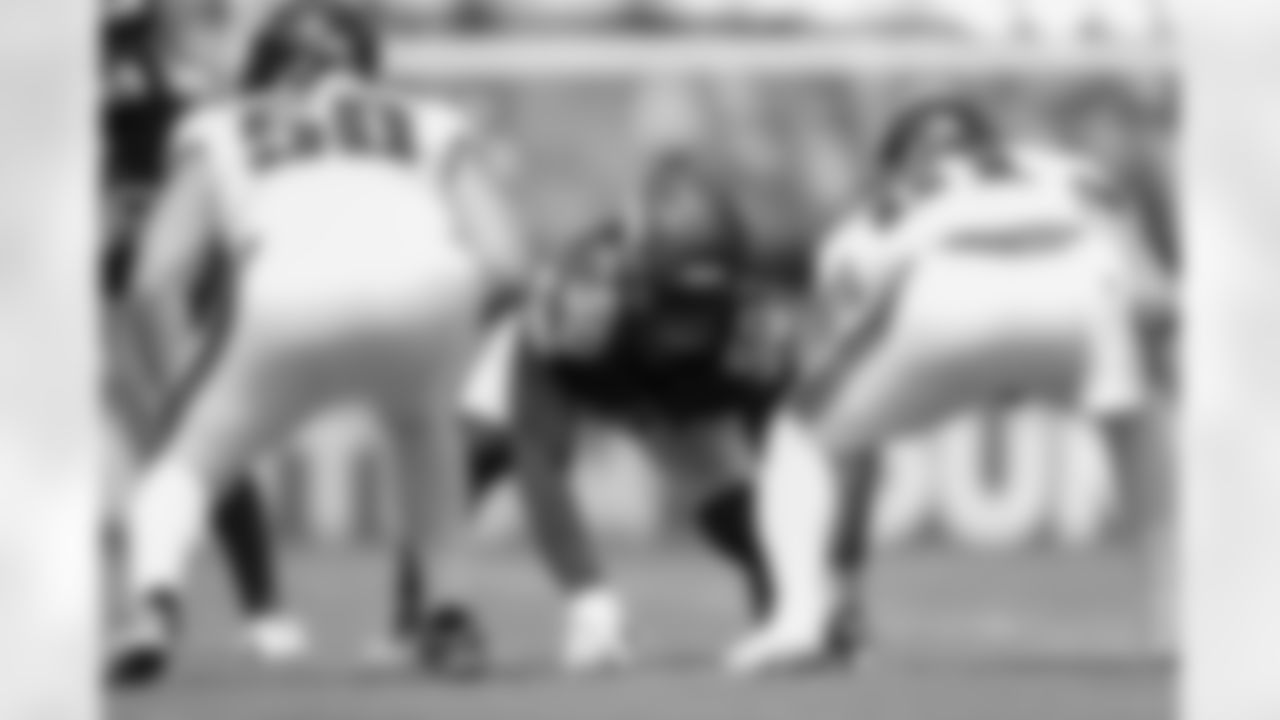
DL Levi Drake Rodriguez
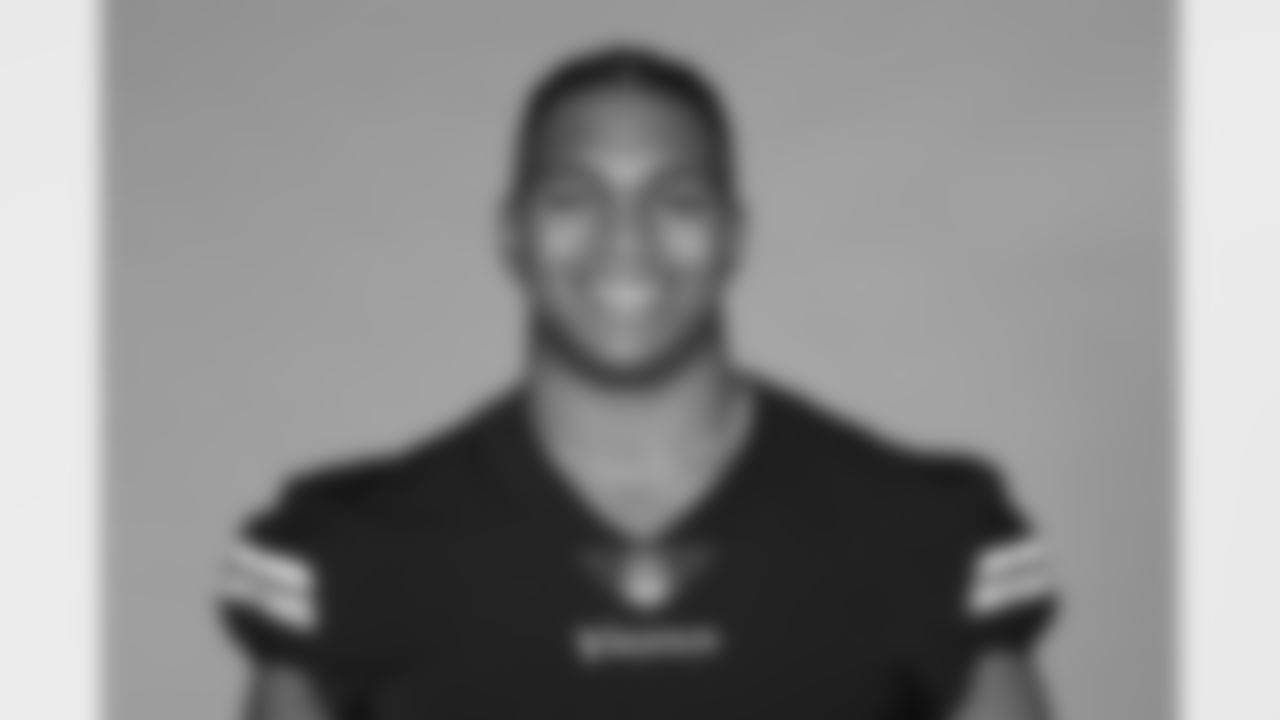
78 T Walter Rouse
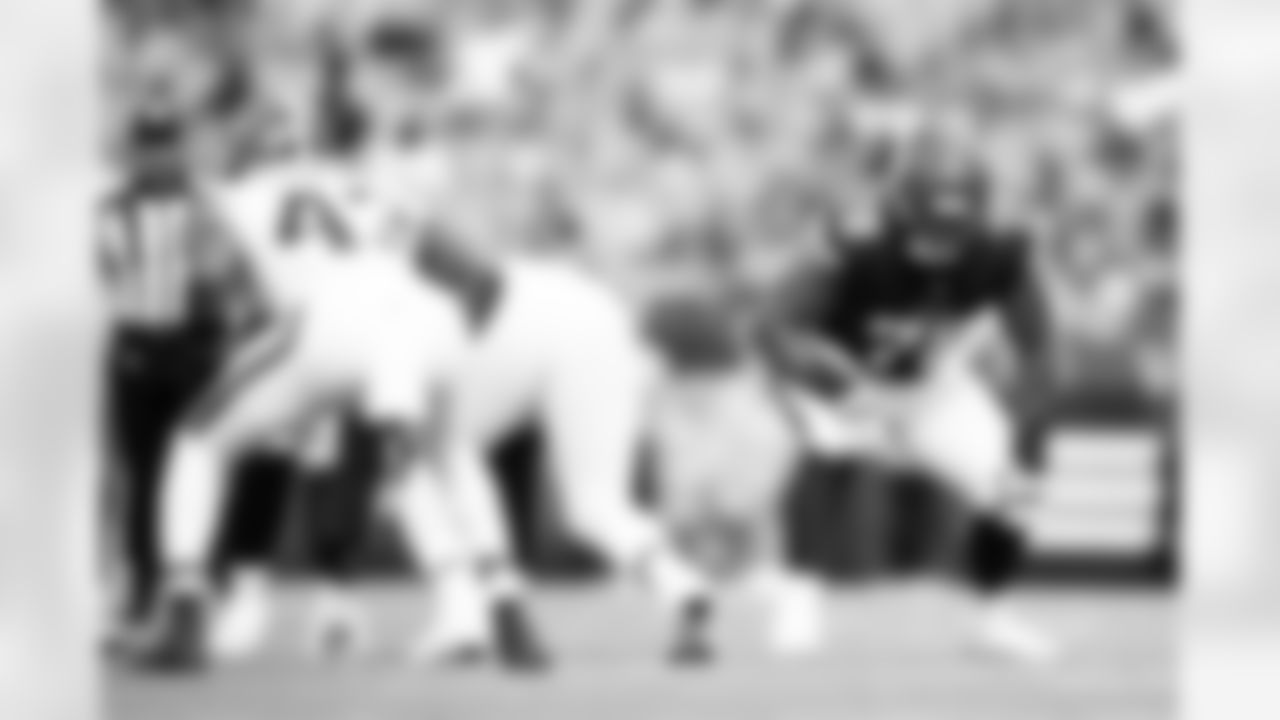
78 T Walter Rouse
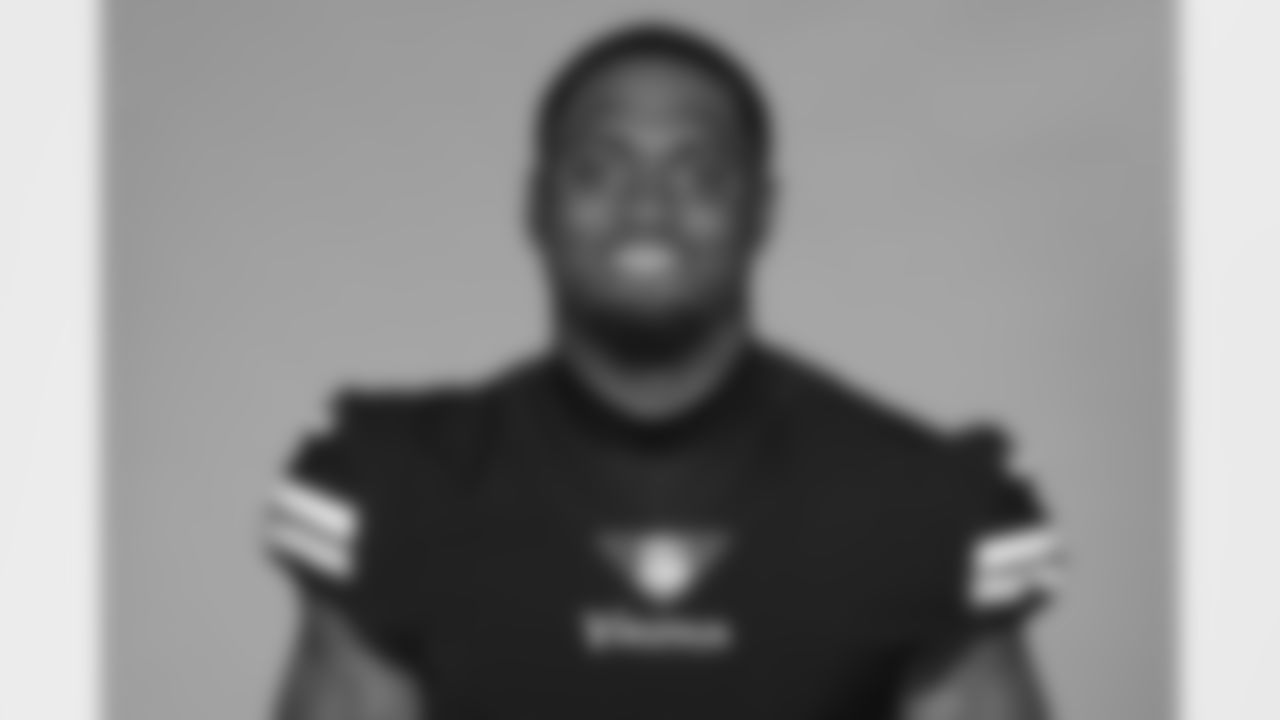
11 WR Trent Sherfield Sr.

11 WR Trent Sherfield Sr.

22 S Harrison Smith
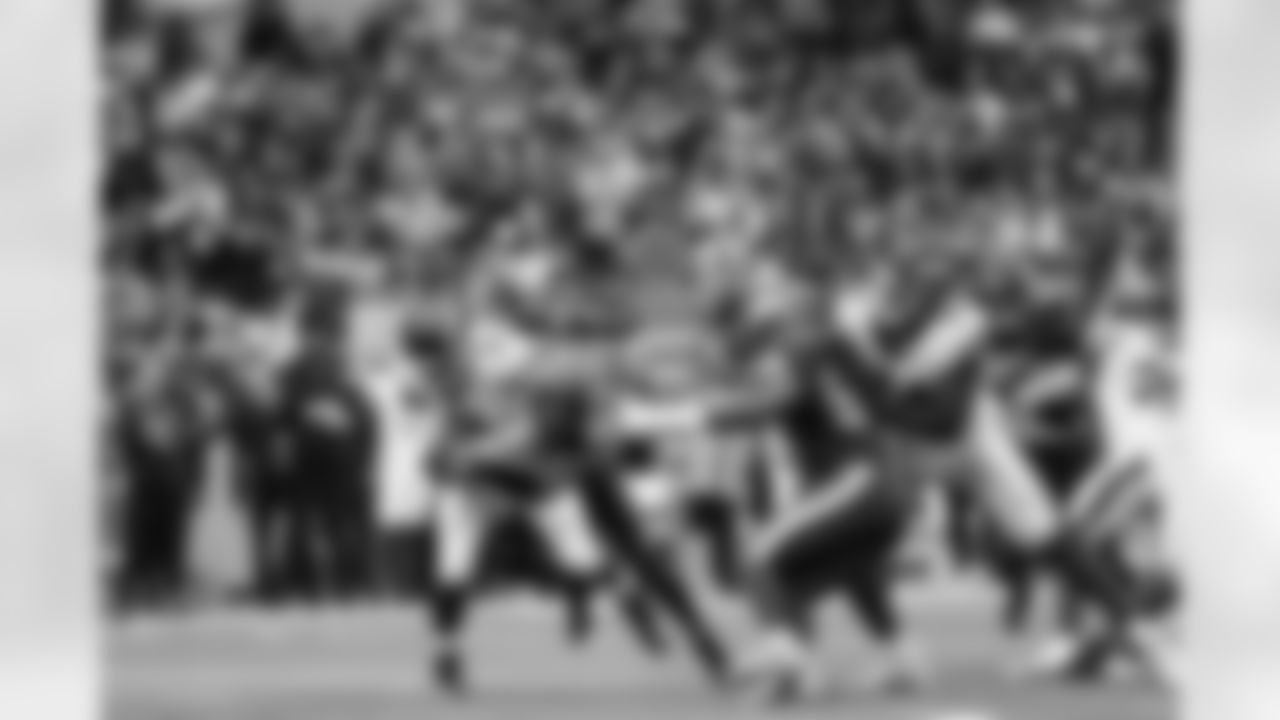
22 S Harrison Smith

99 DL Jerry Tillery

99 DL Jerry Tillery
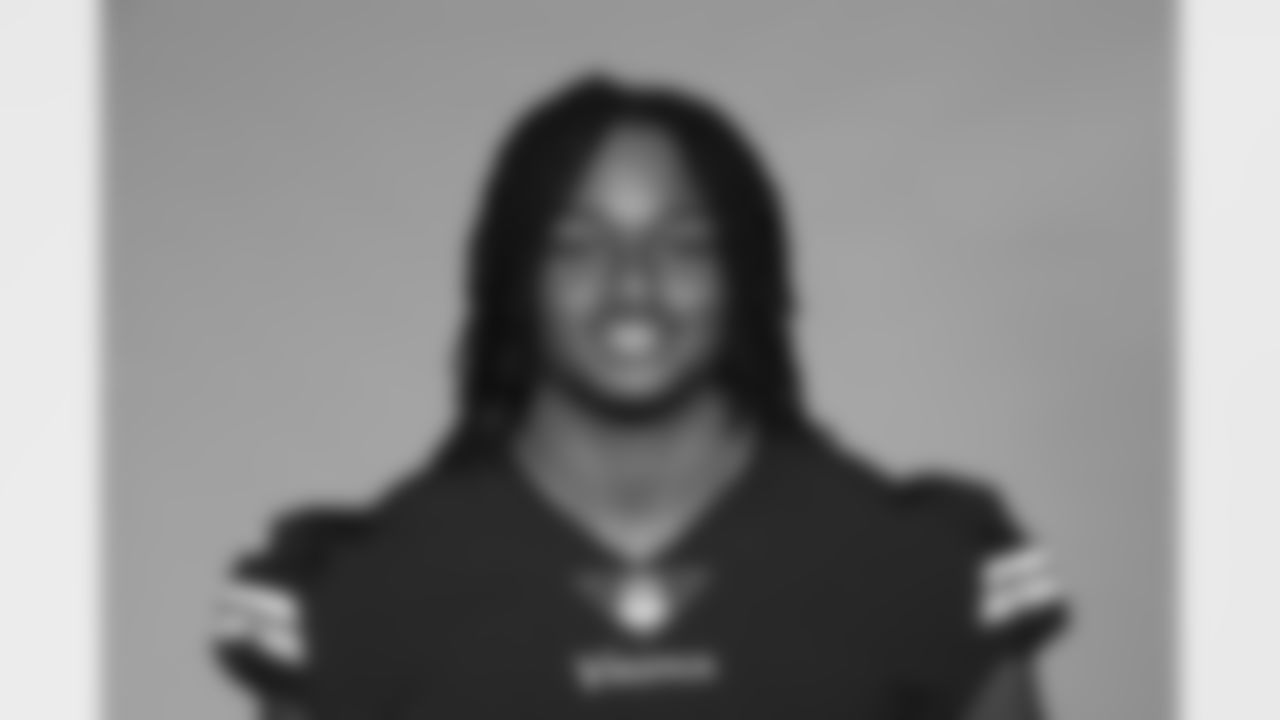
15 OLB Dallas Turner
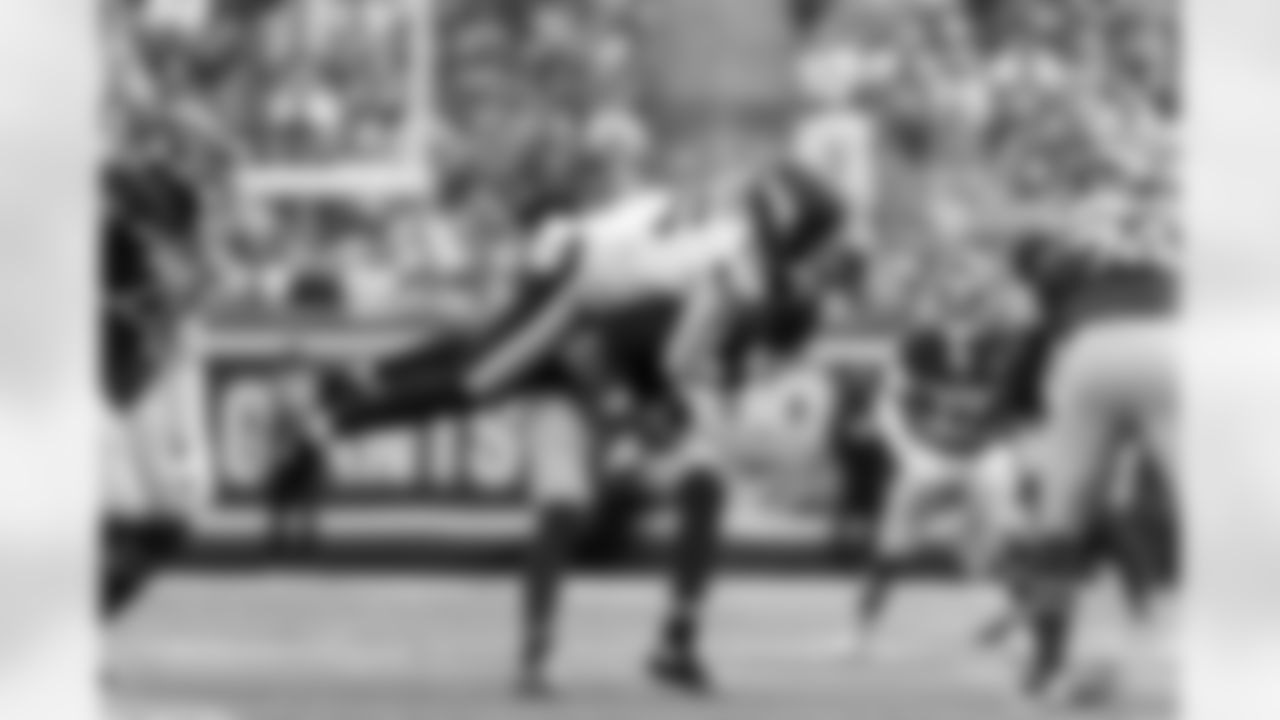
15 OLB Dallas Turner

43 OLB Andrew Van Ginkel

43 OLB Andrew Van Ginkel
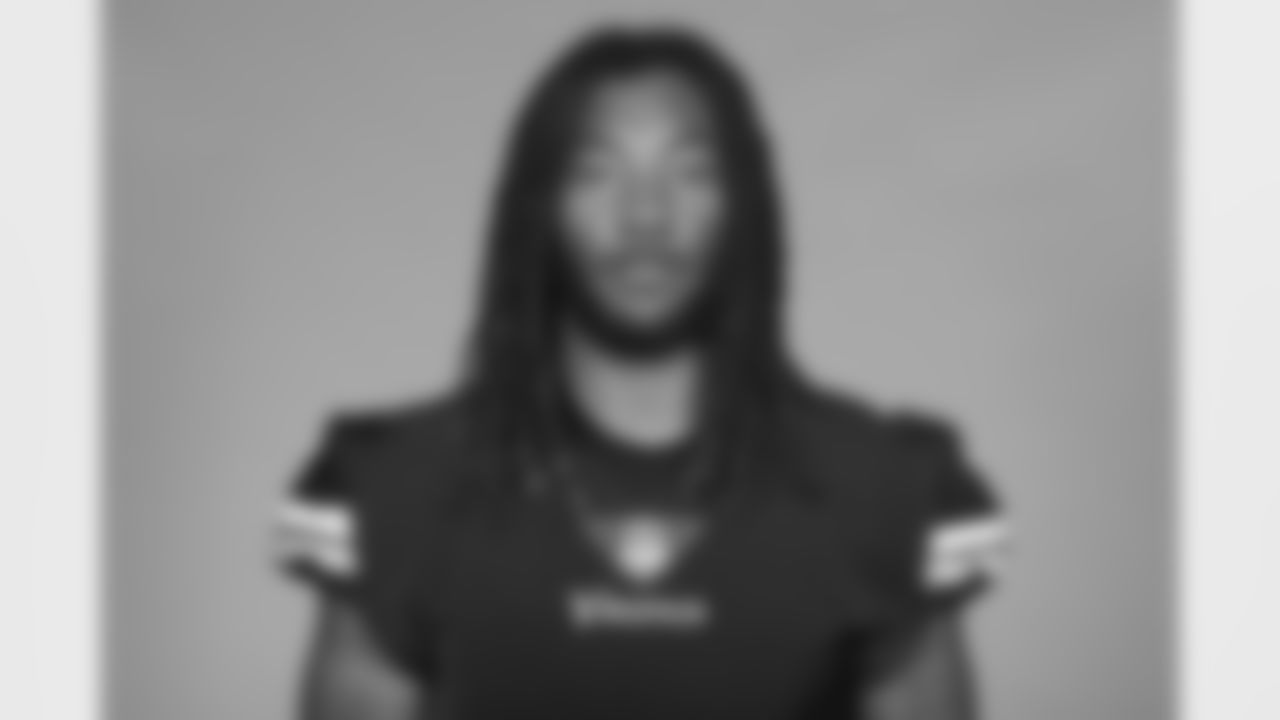
20 S Jay Ward
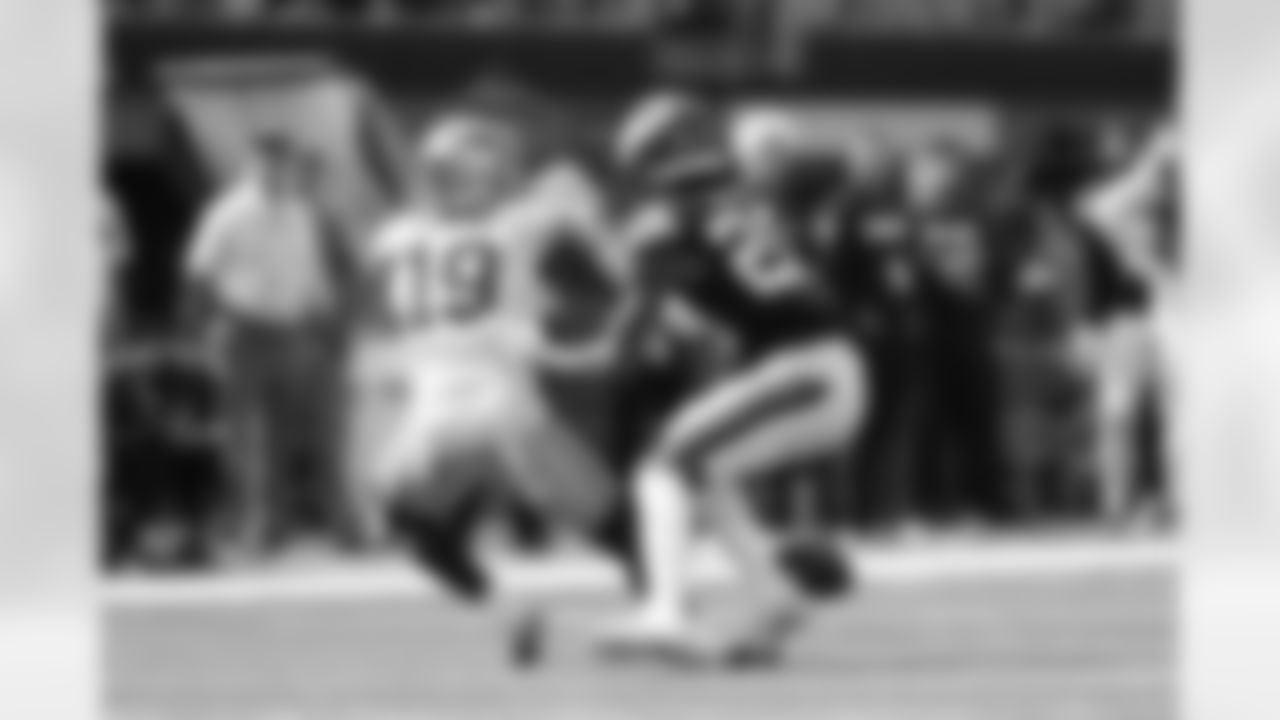
20 S Jay Ward
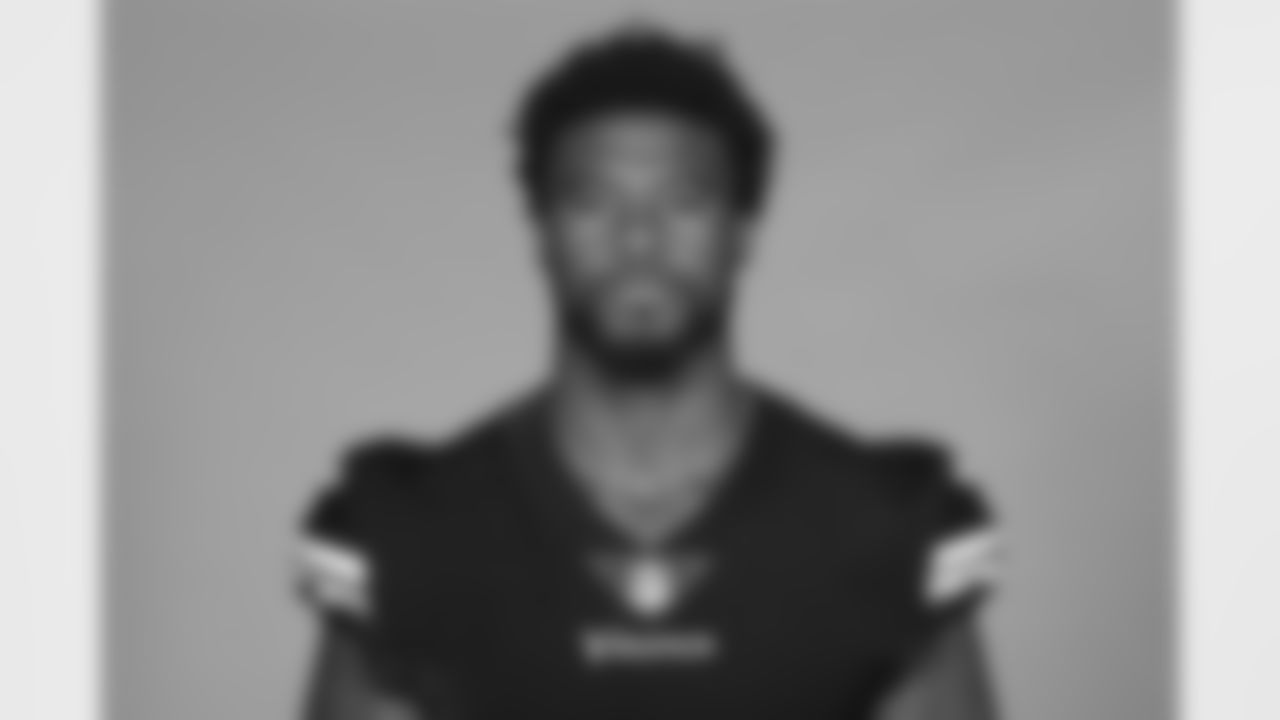
52 OLB Jihad Ward

52 OLB Jihad Ward

17 P Ryan Wright

17 P Ryan Wright
Daniels is seriously reviewing all options. But it's a careful review. He's treading lightly because he said position players don't truly understand what a kicker does to warm up and avoid soft-tissue injuries.
"They might just finish practice and think like 'All right, I've been running around all practice, my legs feel good, I can try to go hit a 50-yard, 60-yard kickoff.' … That'll get me fired," said Daniels.
The rule change is going to impact personnel across the board.
Will it nullify lighter personnel with big-time speed that perhaps carved out a role on the kickoff team previously? Maybe. The new rules also could result in defensive starters assuming more responsibility on special teams because there is less distance to run while covering kickoffs.
Speed could be valued even more. It just depends – mainly on the opposition's personnel – and scouting will tell. If an opponent has bigger bodies with poorer lateral agility on the field, speed is the answer.
Speed brings us back to one of the first words Daniels mentioned: Innovation.
Kickoff return specialist Kene Nwangwu and Brandon Powell, who led Minnesota's punt return efforts in 2023, might team up on the same play. Or the Vikings could utilize a different combination.
View home and away photos of the Vikings 2024 regular season opponents.

Week 1 | Vikings at Giants
Sept. 8 - Noon (CT)
MetLife Stadium

Week 1 | Vikings at Giants
Sept. 8 - Noon (CT)
MetLife Stadium
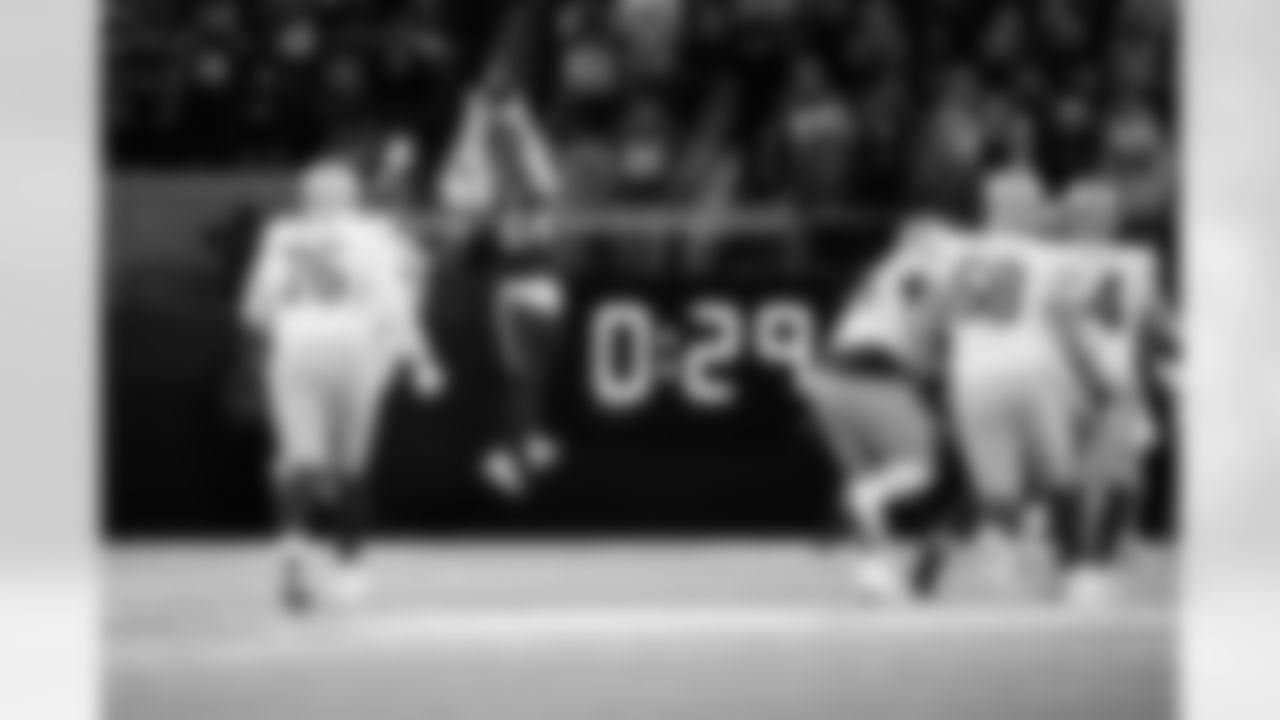
Week 2 | Vikings vs. 49ers
Sept. 15 - Noon (CT)
U.S. Bank Stadium

Week 2 | Vikings vs. 49ers
Sept. 15 - Noon (CT)
U.S. Bank Stadium

Week 3 | Vikings vs. Texans
Sept. 22 - Noon (CT)
U.S. Bank Stadium

Week 3 | Vikings vs. Texans
Sept. 22 - Noon (CT)
U.S. Bank Stadium

Week 4 | Vikings at Packers
Sept. 29 - Noon (CT)
Lambeau Field
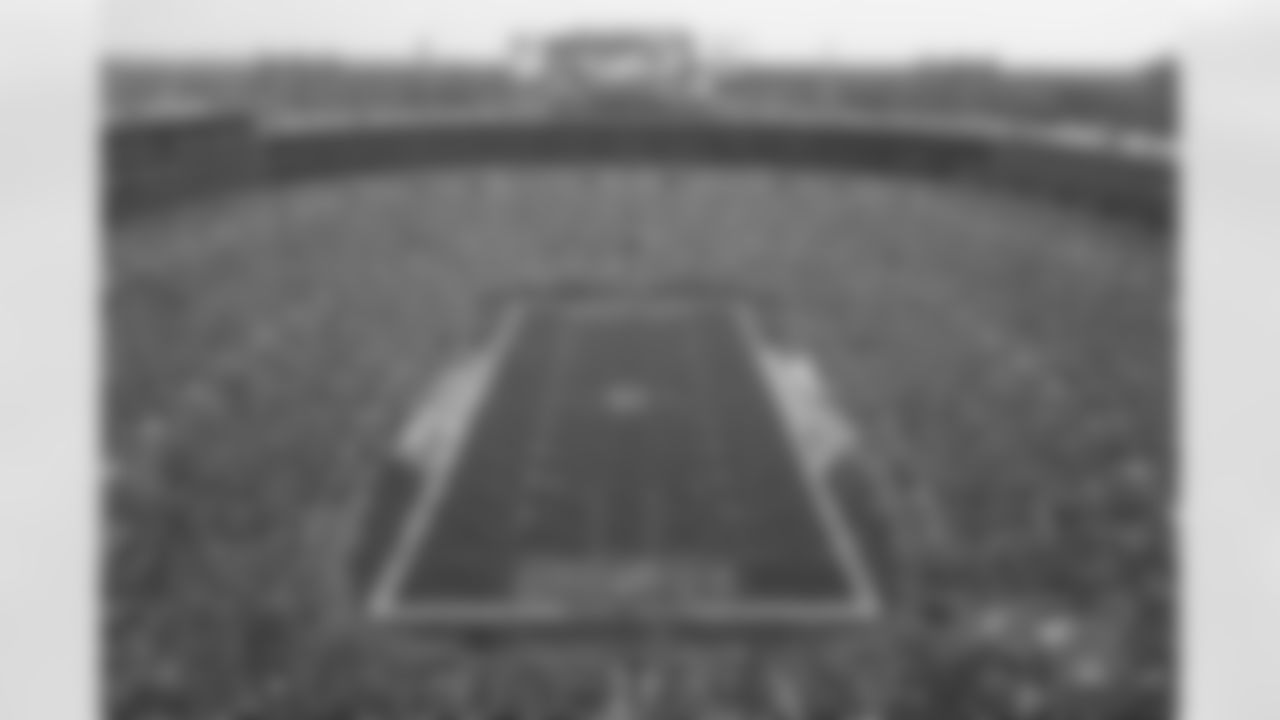
Week 4 | Vikings at Packers
Sept. 29 - Noon (CT)
Lambeau Field

Week 5 | Vikings vs. Jets
Oct. 6 - 8:30 a.m. (CT)
Tottenham Hotspur Stadium
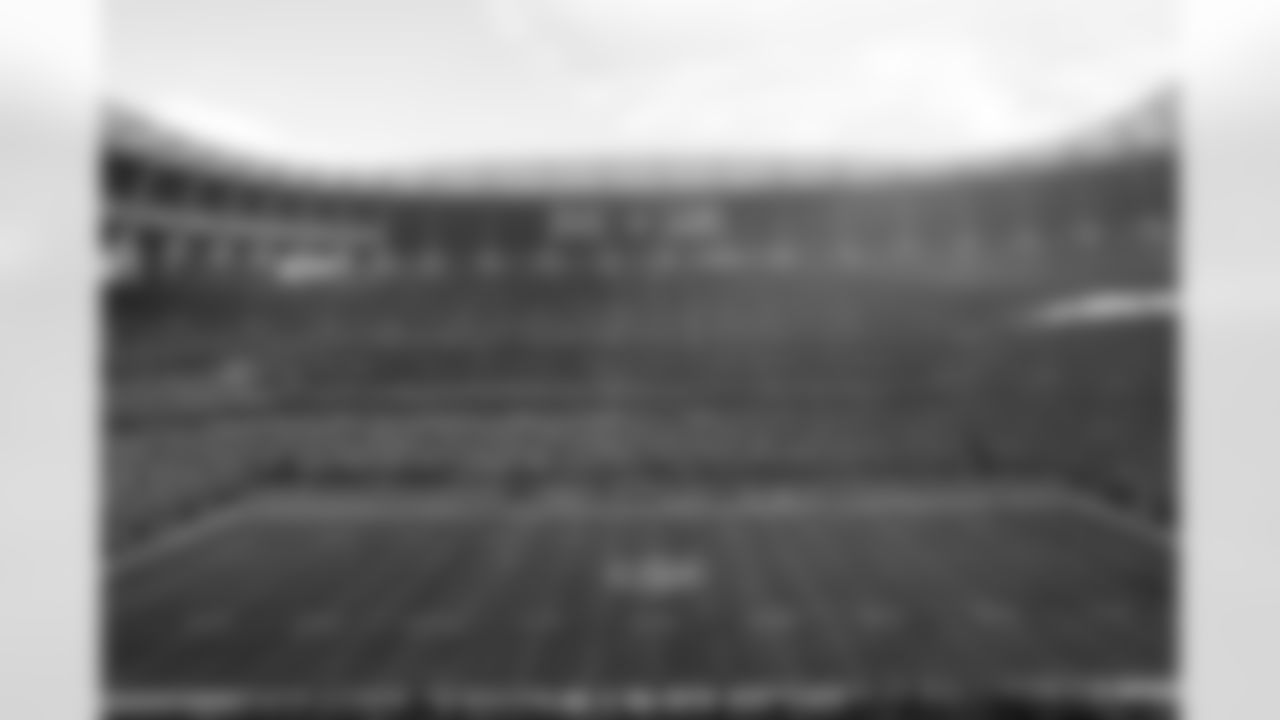
Week 5 | Vikings vs. Jets
Oct. 6 - 8:30 a.m. (CT)
Tottenham Hotspur Stadium

Week 7 | Vikings vs. Lions
Oct. 20 - Noon (CT)
U.S. Bank Stadium

Week 7 | Vikings vs. Lions
Oct. 20 - Noon (CT)
U.S. Bank Stadium
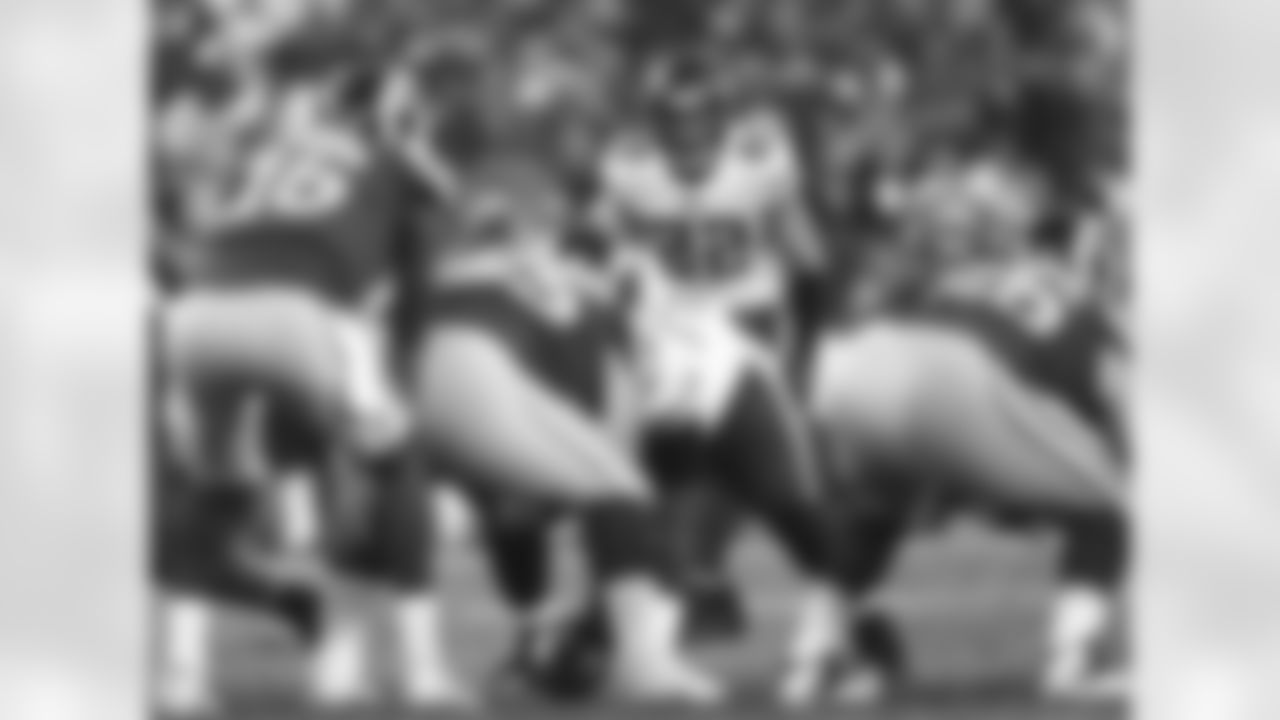
Week 8 | Vikings at Rams (Thursday)
Oct. 24 - 7:15 p.m. (CT)
SoFi Stadium

Week 8 | Vikings at Rams (Thursday)
Oct. 24 - 7:15 p.m. (CT)
SoFi Stadium
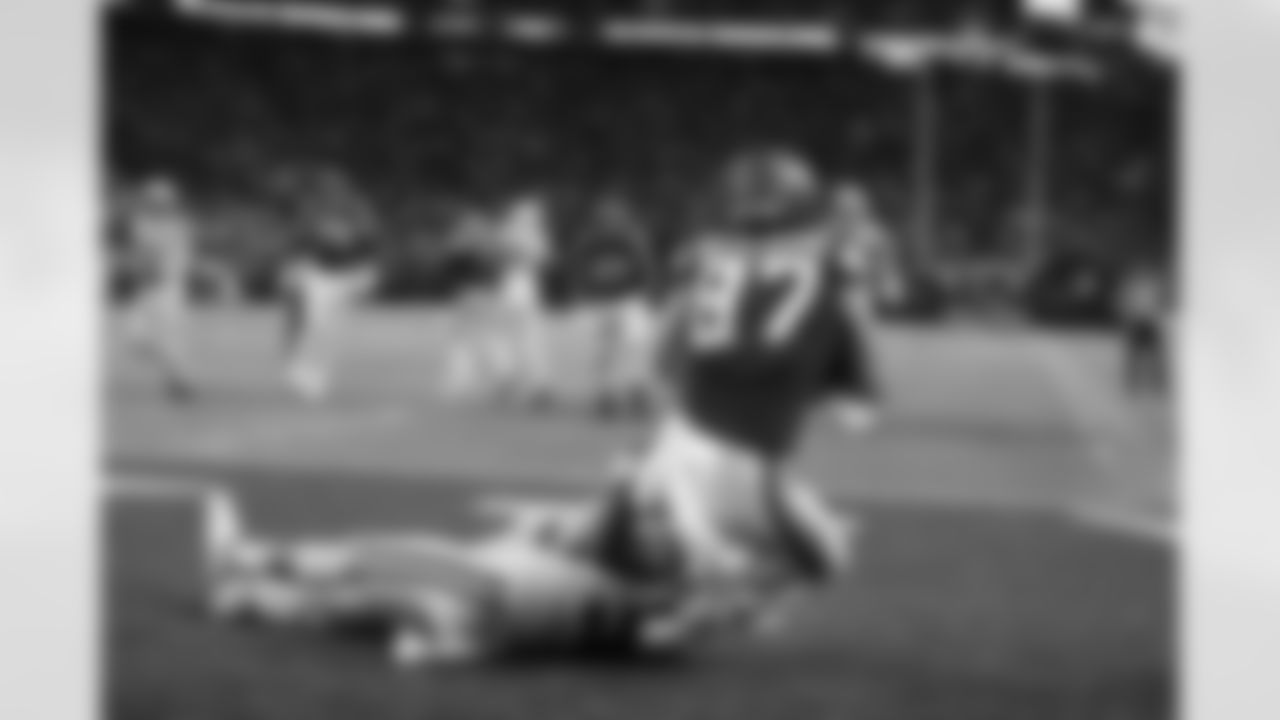
Week 9 | Vikings vs. Colts
Nov. 3 - 7:20 p.m. (CT)
Sunday Night Football
U.S. Bank Stadium

Week 9 | Vikings vs. Colts
Nov. 3 - 7:20 p.m. (CT)
Sunday Night Football
U.S. Bank Stadium
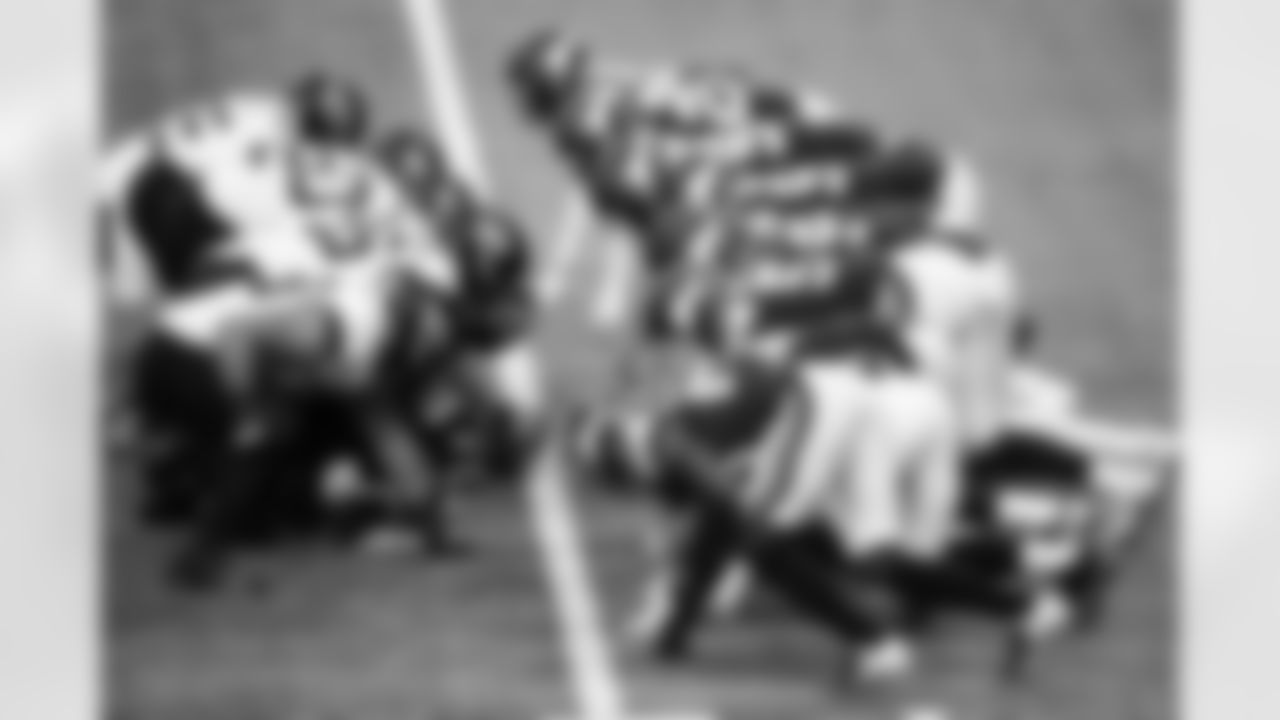
Week 10 | Vikings at Jaguars
Nov. 10 - Noon (CT)
EverBank Stadium

Week 10 | Vikings at Jaguars
Nov. 10 - Noon (CT)
EverBank Stadium
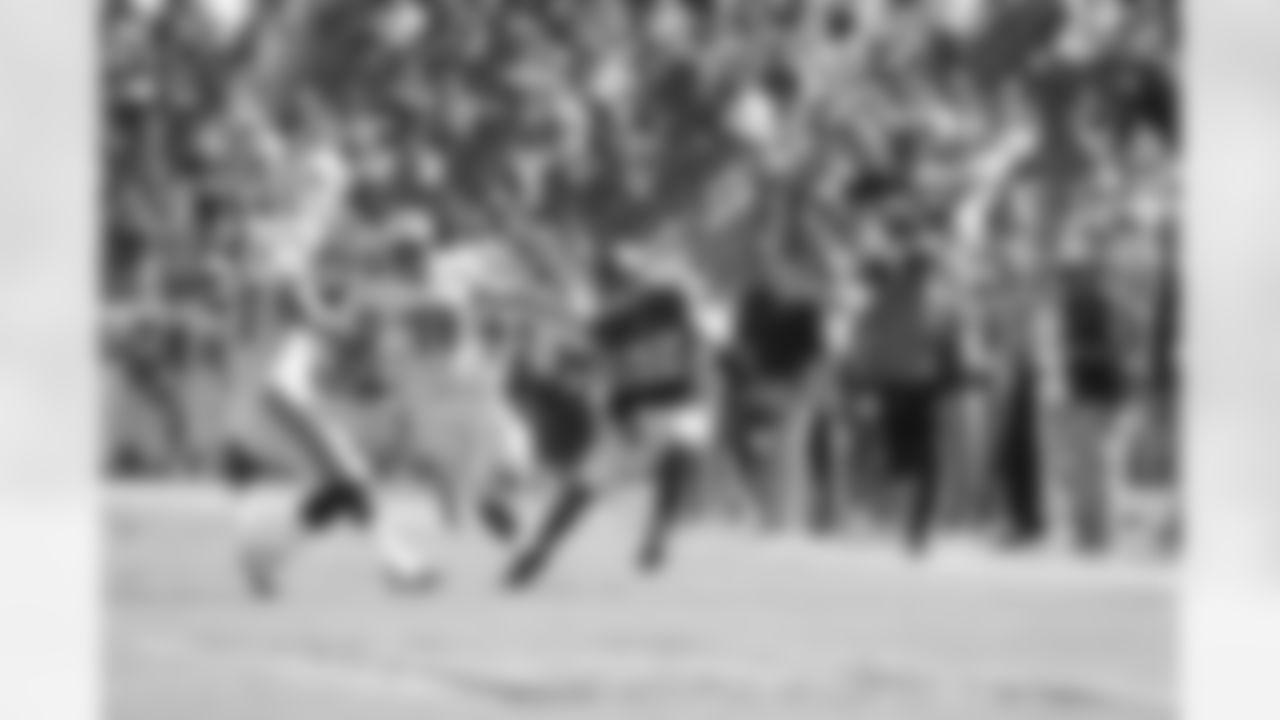
Week 11 | Vikings at Titans
Nov. 17 - Noon (CT)
Nissan Stadium
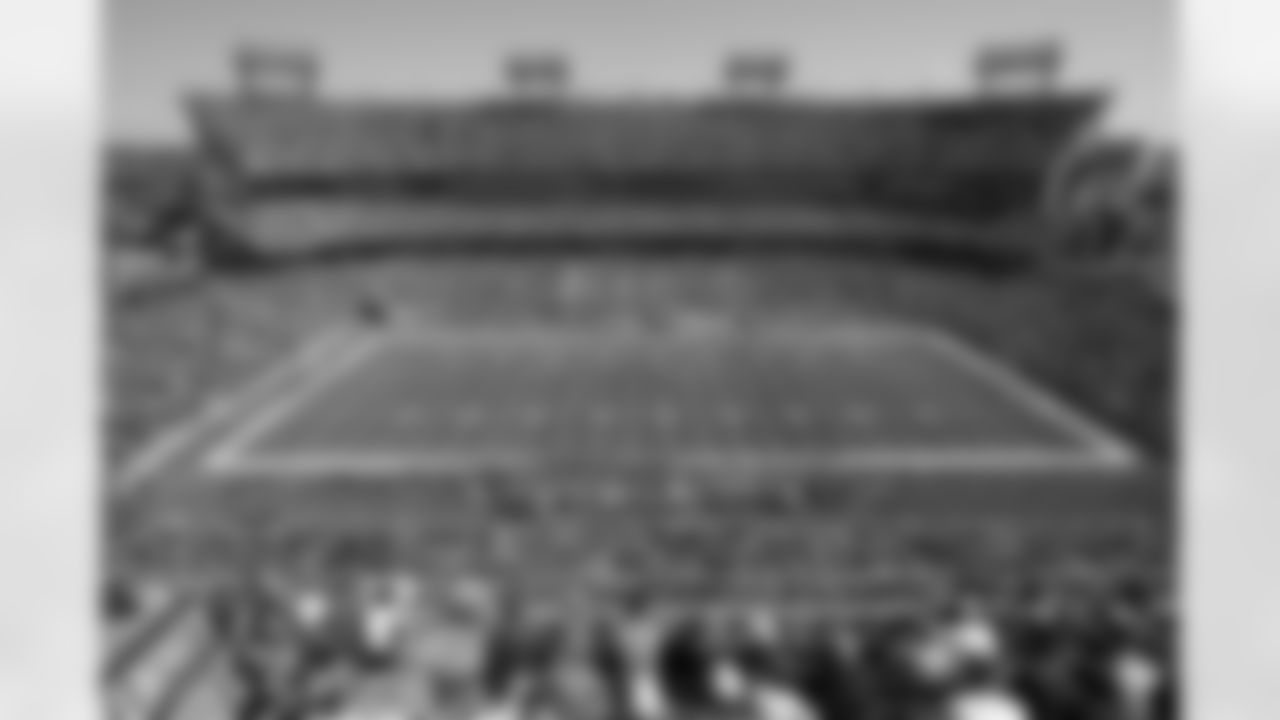
Week 11 | Vikings at Titans
Nov. 17 - Noon (CT)
Nissan Stadium

Week 12 | Vikings at Bears
Nov. 24 - Noon (CT)
Soldier Field

Week 12 | Vikings at Bears
Nov. 24 - Noon (CT)
Soldier Field
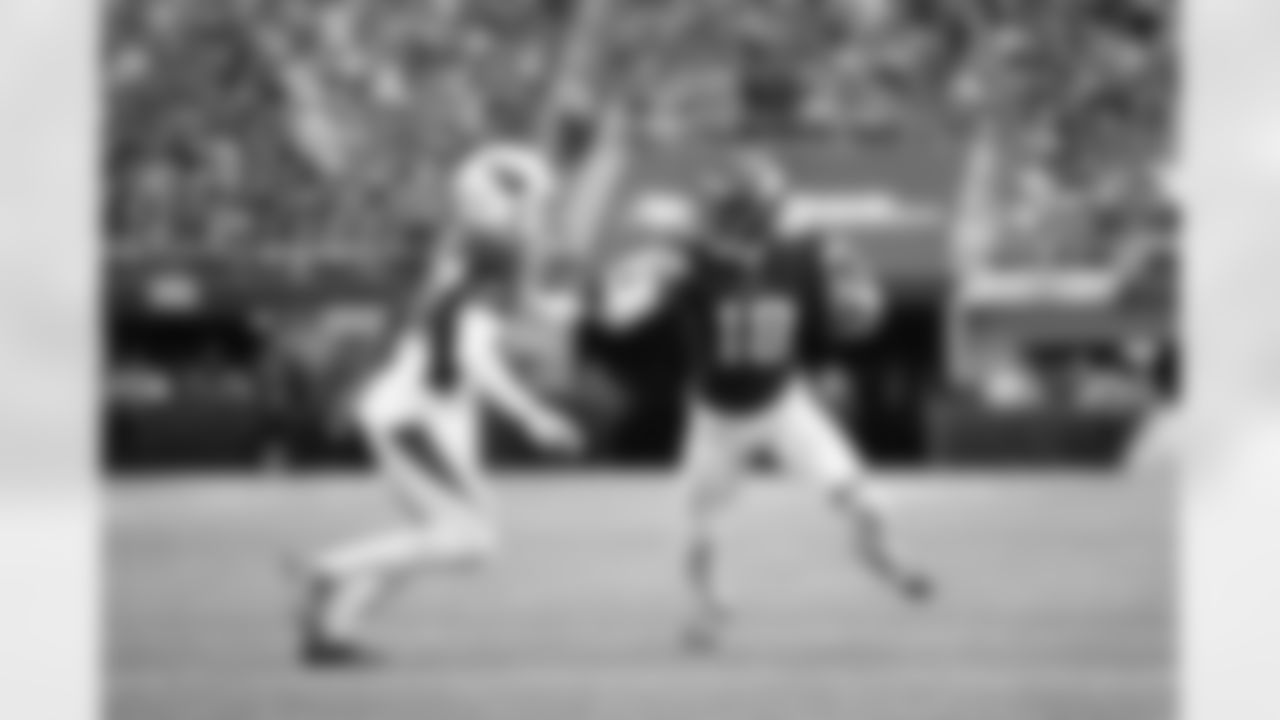
Week 13 | Vikings vs Cardinals
Dec. 1 - Noon (CT)
U.S. Bank Stadium

Week 13 | Vikings vs Cardinals
Dec. 1 - Noon (CT)
U.S. Bank Stadium

Week 14 | Vikings vs. Falcons
Dec. 8 - Noon (CT)
U.S. Bank Stadium

Week 14 | Vikings vs. Falcons
Dec. 8 - Noon (CT)
U.S. Bank Stadium

Week 15 | Vikings vs. Bears (Monday)
Dec. 16 - 7 p.m. (CT)
U.S. Bank Stadium

Week 15 | Vikings vs. Bears (Monday)
Dec. 16 - 7 p.m. (CT)
U.S. Bank Stadium

Week 16 | Vikings at Seahawks
Dec. 22 - 3:05 p.m. (CT)
Lumen Field

Week 16 | Vikings at Seahawks
Dec. 22 - 3:05 p.m. (CT)
Lumen Field
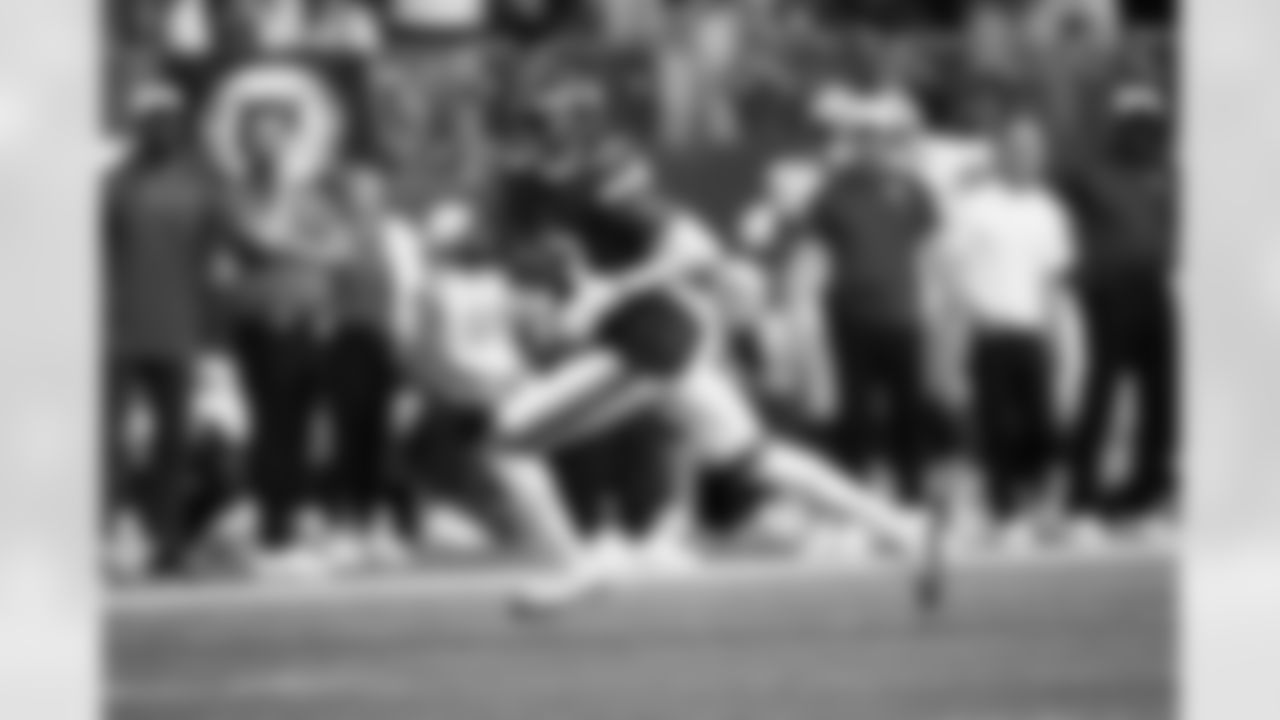
Week 17 | Vikings vs. Packers
Dec. 29 - Noon (CT)
U.S. Bank Stadium

Week 17 | Vikings vs. Packers
Dec. 29 - Noon (CT)
U.S. Bank Stadium
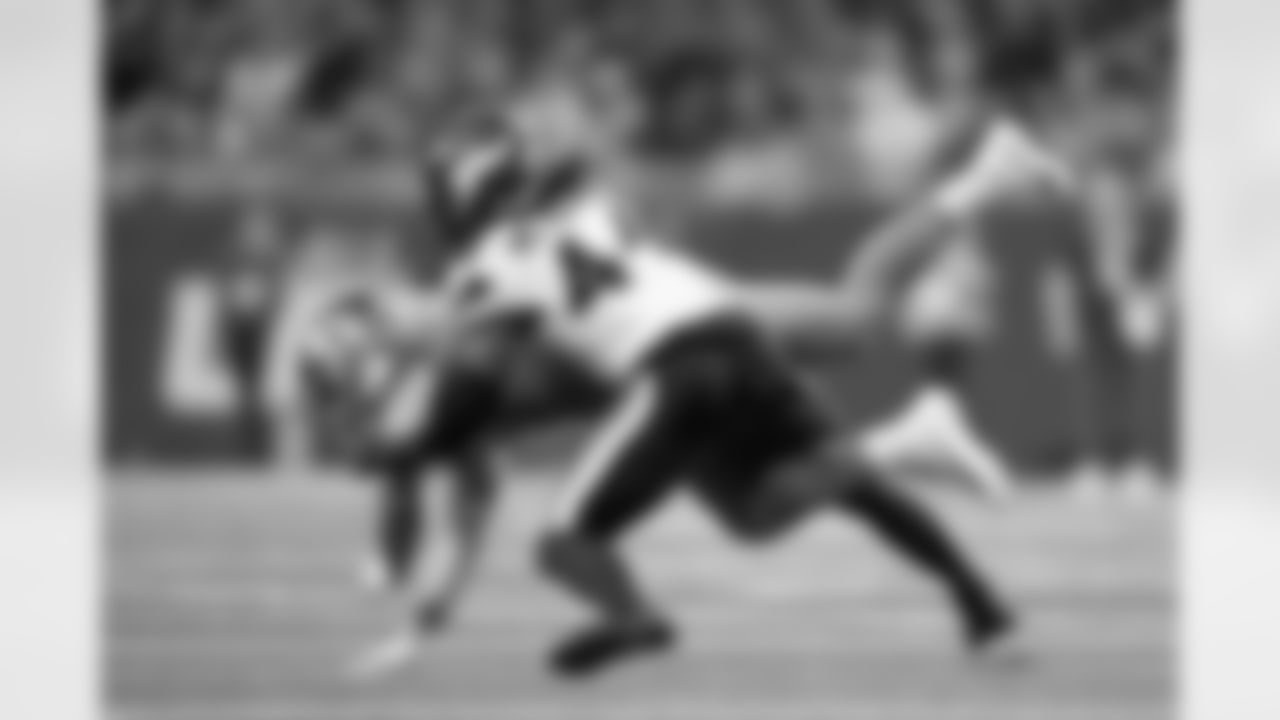
Week 18 | Vikings at Lions
Sunday Night Football
Jan. 5 - 7:20 p.m. (CT)
Ford Field

Week 18 | Vikings at Lions
Sunday Night Football
Jan. 5 - 7:20 p.m. (CT)
Ford Field
According to Daniels, the general consensus around the league is that two returners will be most effective.
Nwangwu said he "had an inkling that something was going to [be different]" this season when his agent passed off info that there was an uptick of teams interested in kick returners in the 2024 NFL Draft.
When he learned about the Dynamic Kickoff rules, Nwangwu, who has three career kickoff returns for touchdowns over three seasons and has averaged 27.6 yards per runback, was intrigued, if not thrilled.
"Ah man, I was excited, man. It's one of those plays in football where there might not be action – it doesn't feel like football, that I can go out there and something might happen or something might not happen," said Nwangwu at the conclusion of the Vikings first week of training camp practices.
"When you look at it, I would think it's [going to be] safer," Nwangwu added, calling the return under prior rules "forgettable" at times because of so many touchbacks. "I think there's going to be more plays, too."
View photos of the Vikings 2024 coaching staff.

Kevin O'Connell - Head Coach

Matt Daniels - Special Teams Coordinator

Brian Flores - Defensive Coordinator

Wes Phillips - Offensive Coordinator

Mike Pettine - Assistant Head Coach/Outside Linebackers

Brian Angelichio - Passing Game Coordinator/Tight Ends

Ryan Cordell - Game Management Coordinator/Passing Game Specialist

Marcus Dixon - Defensive Line
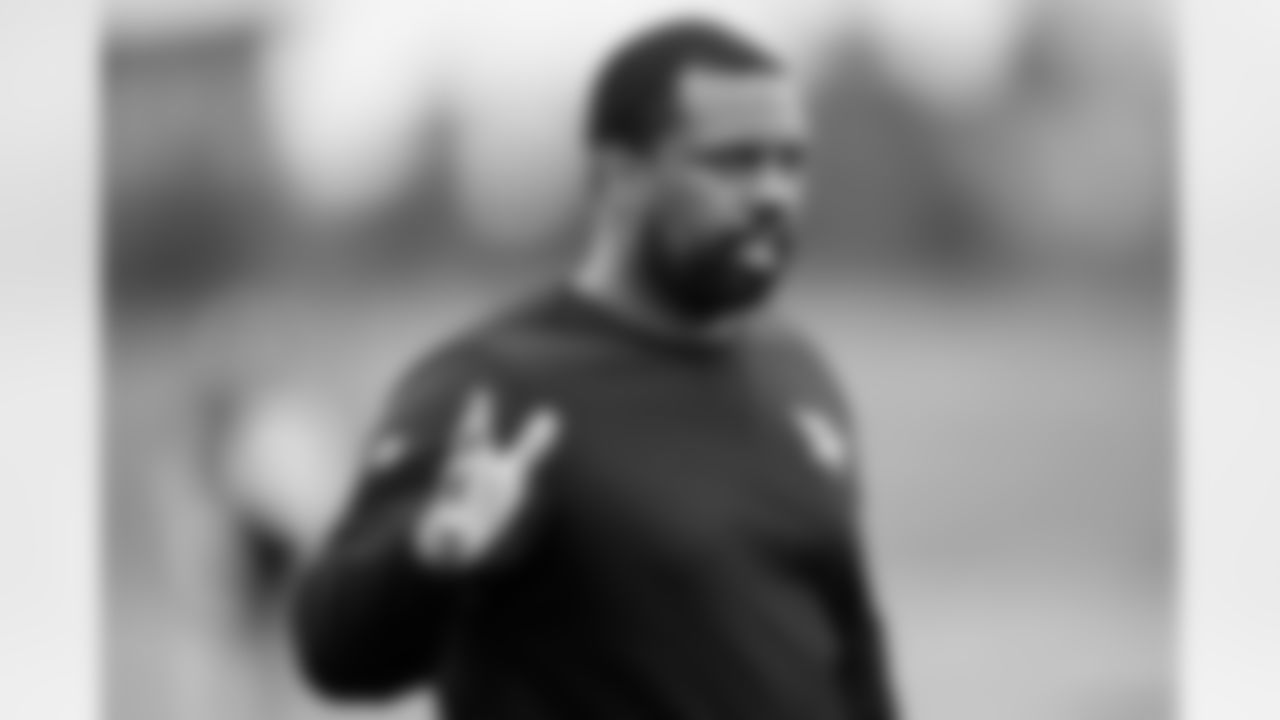
Michael Hutchings - Safeties

Daronte Jones - Passing Game Coordinator/Defensive Backs

Chris Kuper - Offensive Line

Keenan McCardell - Wide Receivers

Josh McCown - Quarterbacks

Curtis Modkins - Running Game Coordinator/Running Backs

Mike Siravo - Inside Linebackers

Imarjaye Albury Sr. - Assistant Defensive Line

Lance Bennett - Quality Control – Defense
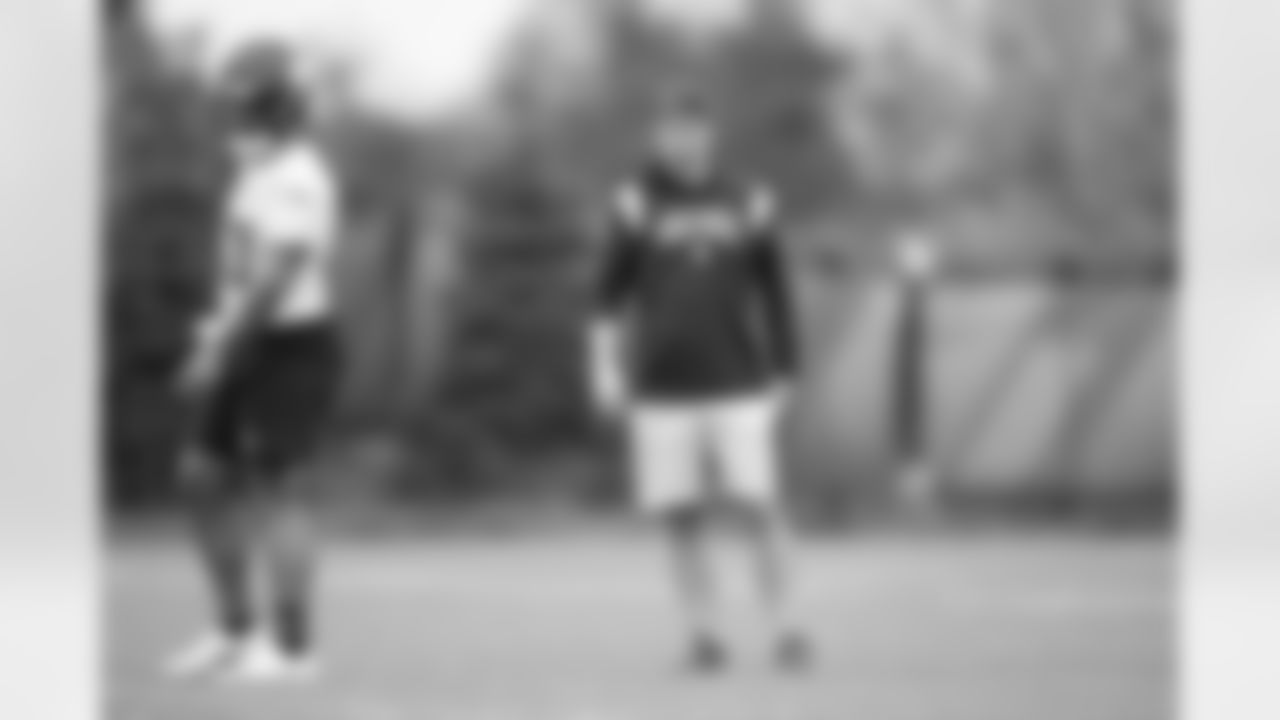
Thad Bogardus - Assistant Inside Linebackers

Ben Ellefson - Offensive Assistant

Dalmin Gibson - Assistant Special Teams

Pat Hill - Assistant Defensive Line

Derron Montgomery - Quality Control - Offense

Chris O'Hara - Senior Offensive Assistant

Shaun Sarrett - Assistant Offensive Line

Tony Sorrentino - Assistant Wide Receivers

Grant Udinski - Assistant Offensive Coordinator/Assistant Quarterbacks
More protection for players and more action to track for fans. What's not to appreciate?
"Yeah, it is a pretty drastic change, but I think it's for the better of the sport and the play because so many times we go out there – and for the fans – and there's nothing going on," Nwangwu explained.
Right now, determining what works and what the Vikings plan to do is the focus, and there isn't much time between now and Minnesota's preseason opener against the Raiders to perfect certain tactics.
The Vikings – and the 31 other teams – could have an advantage in secrecy, though, if they choose.
By shrinking the running phase of the kickoff, it's not difficult to work out the kinks in practice. Heck, there's not even a guarantee that we'll see the Vikings final Dynamic Kickoff rendition in the preseason.
Daniels said the team still is contemplating "whether we truly want to show our hand before Week 1."
In theory, the Dynamic Kickoff is going to make kick returns an unforgettable play.















